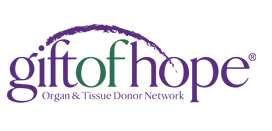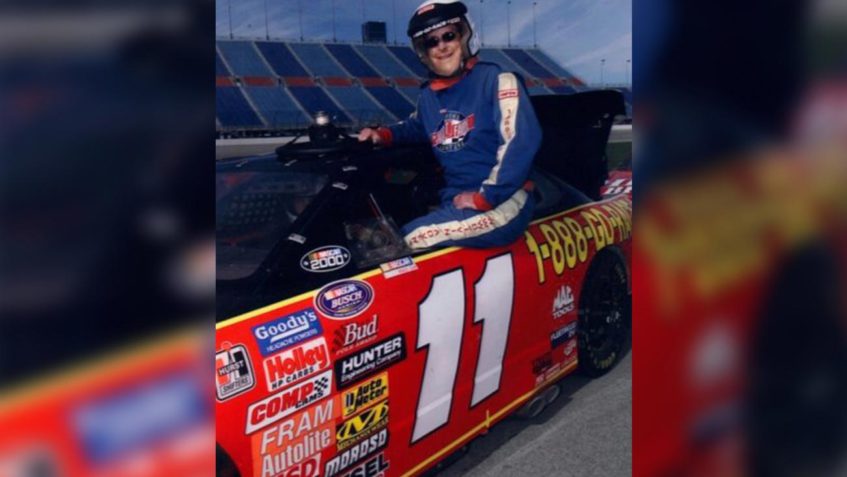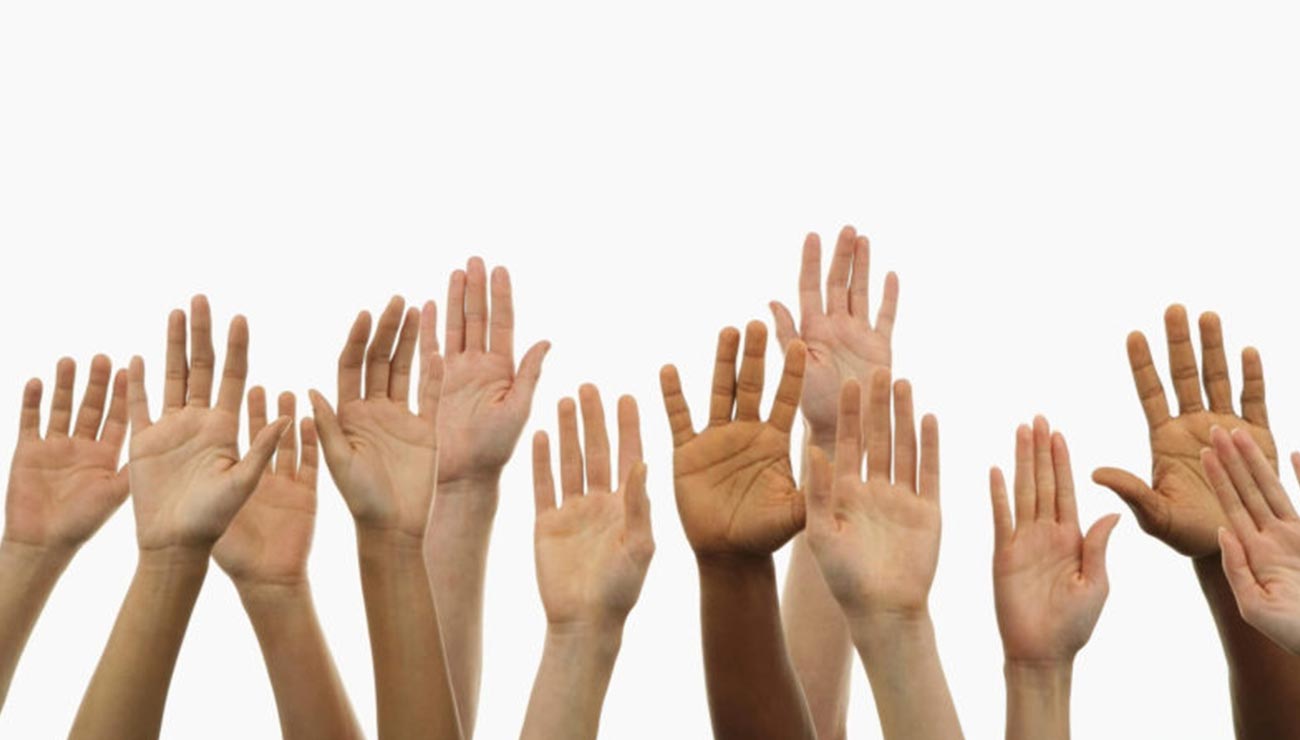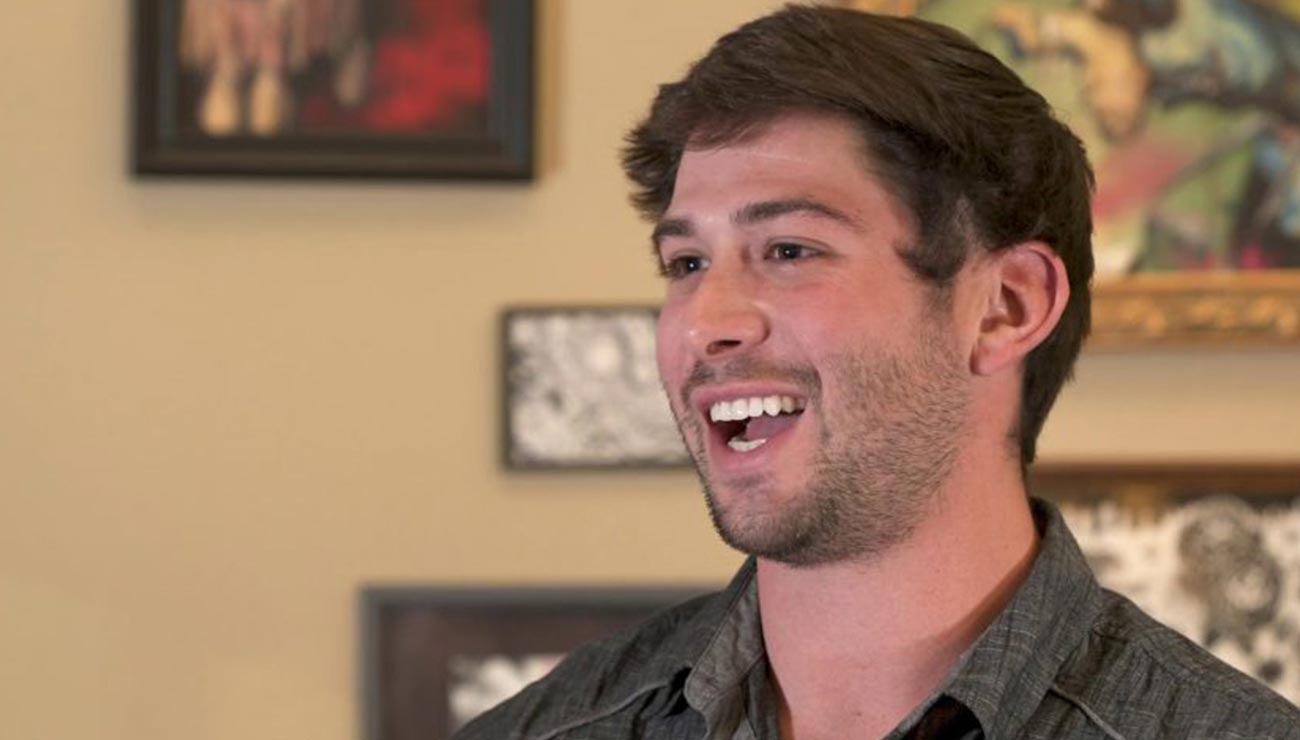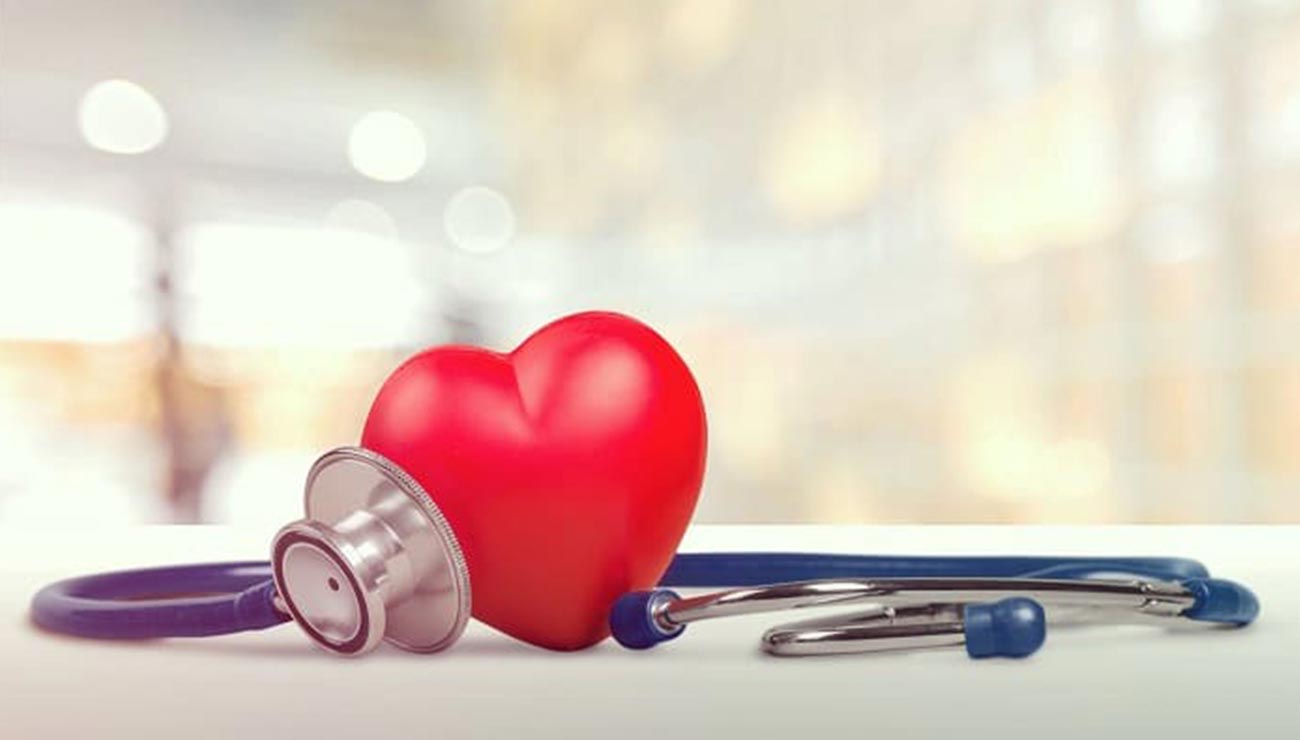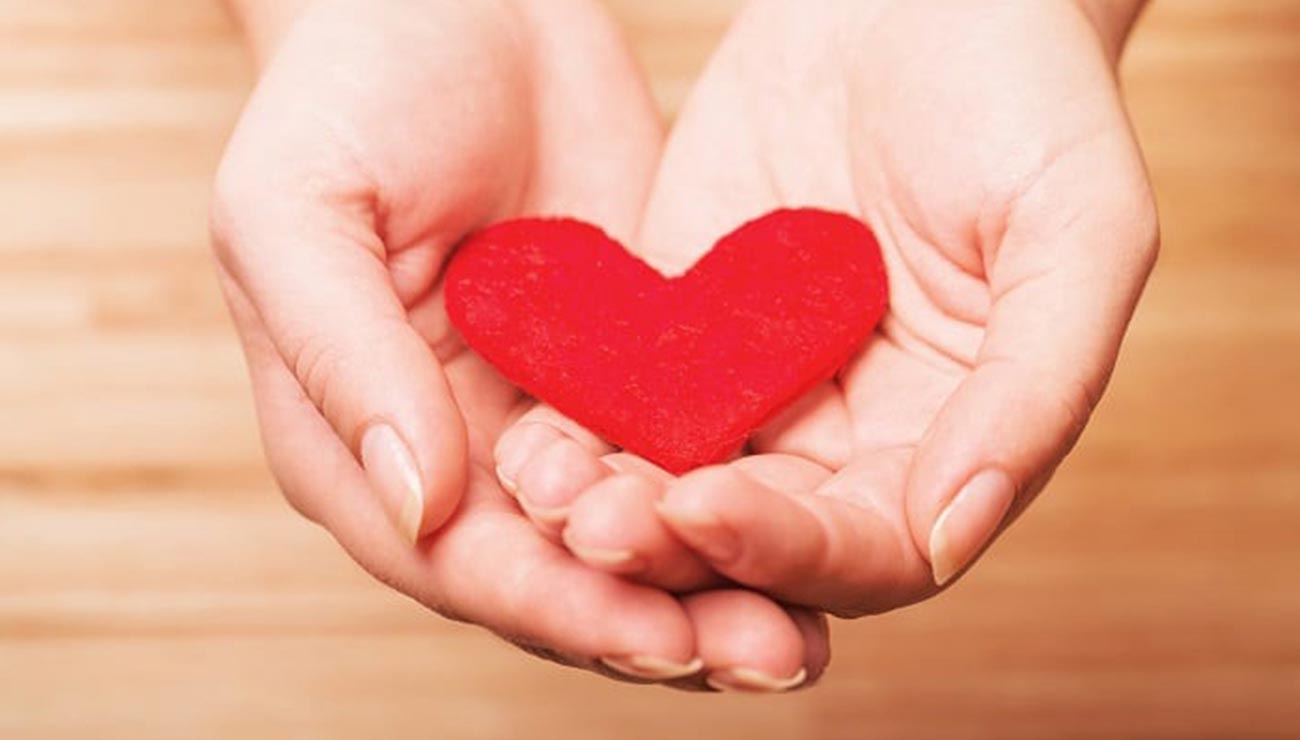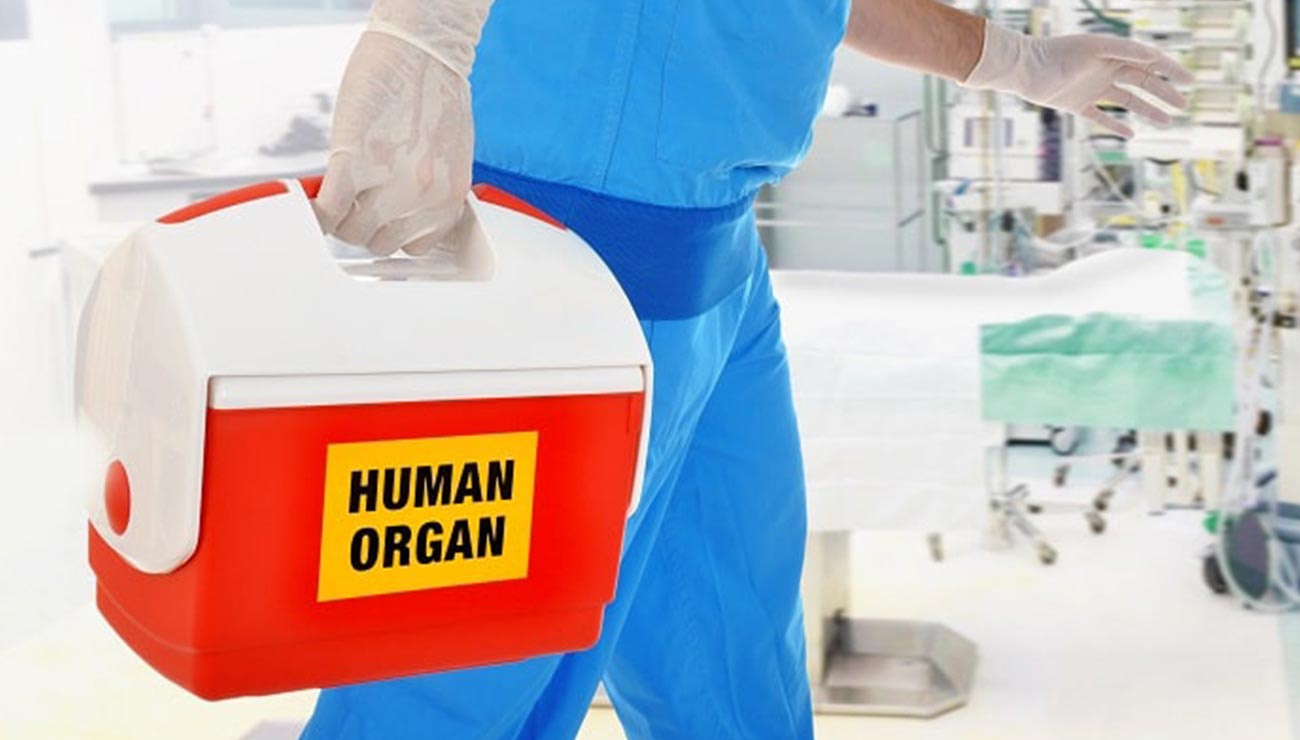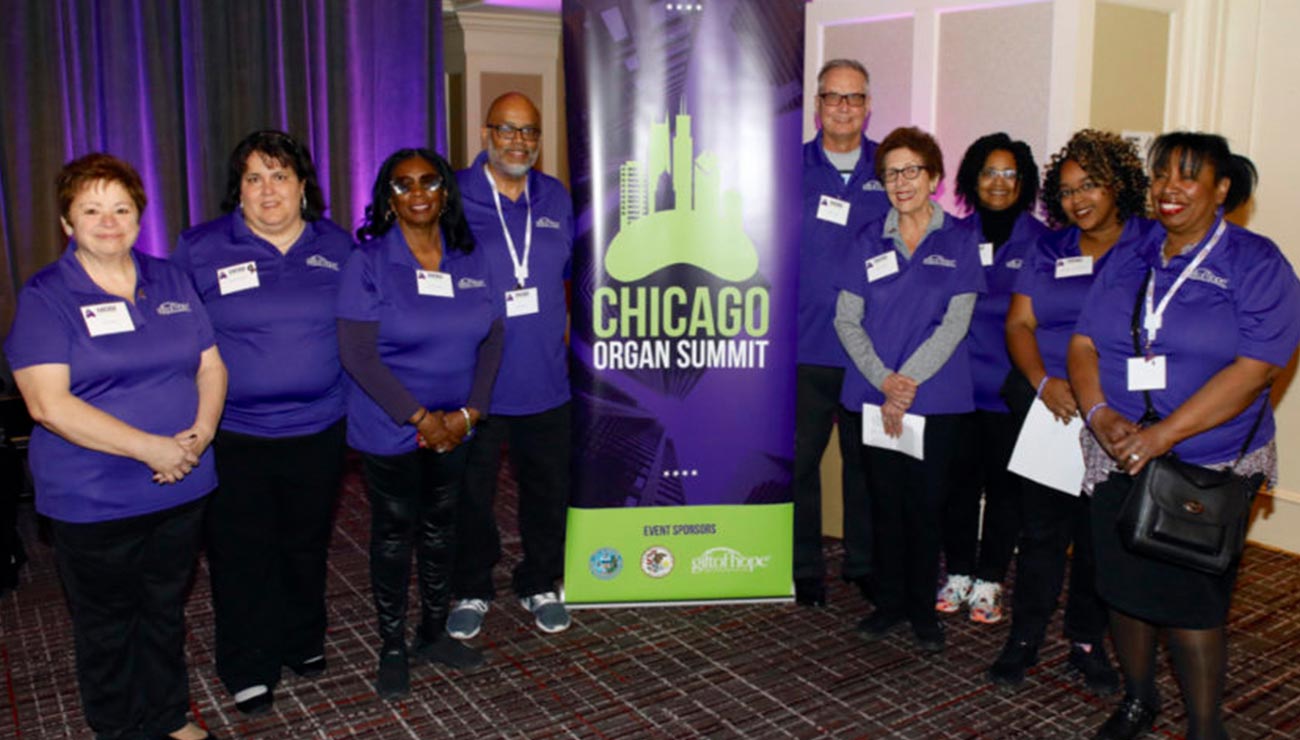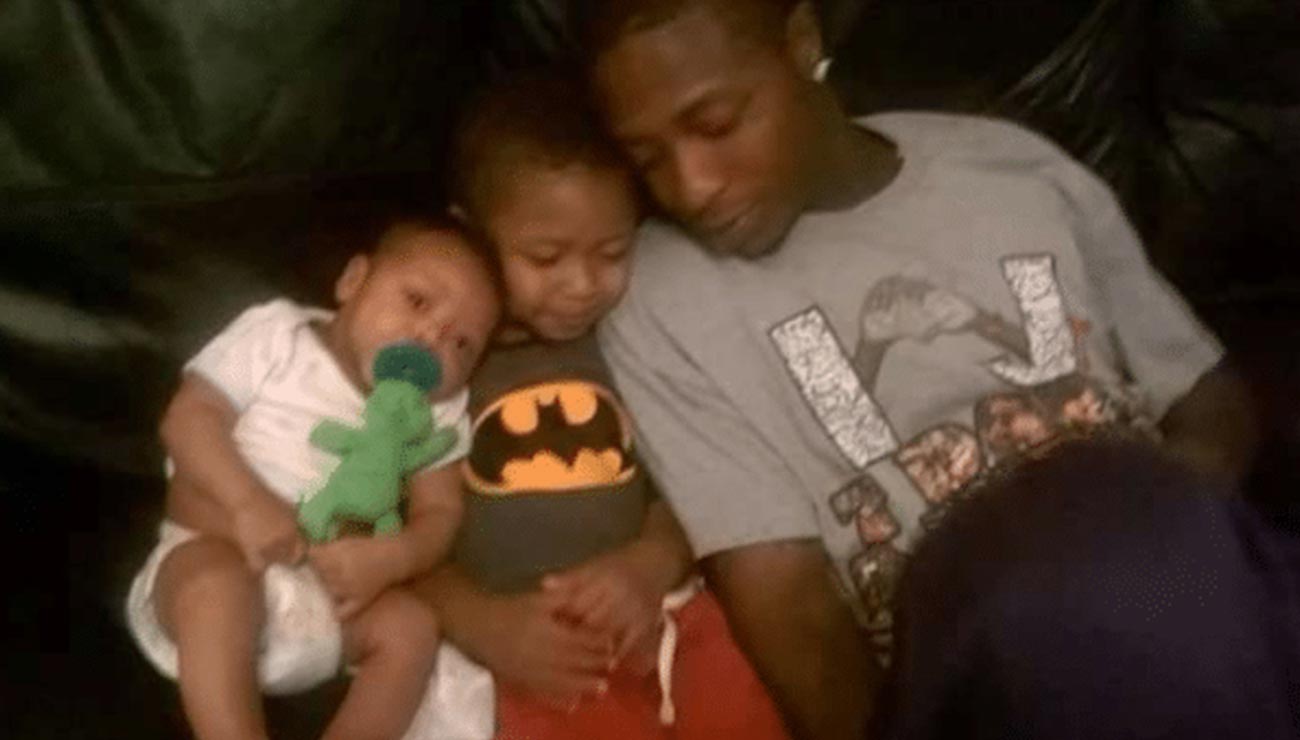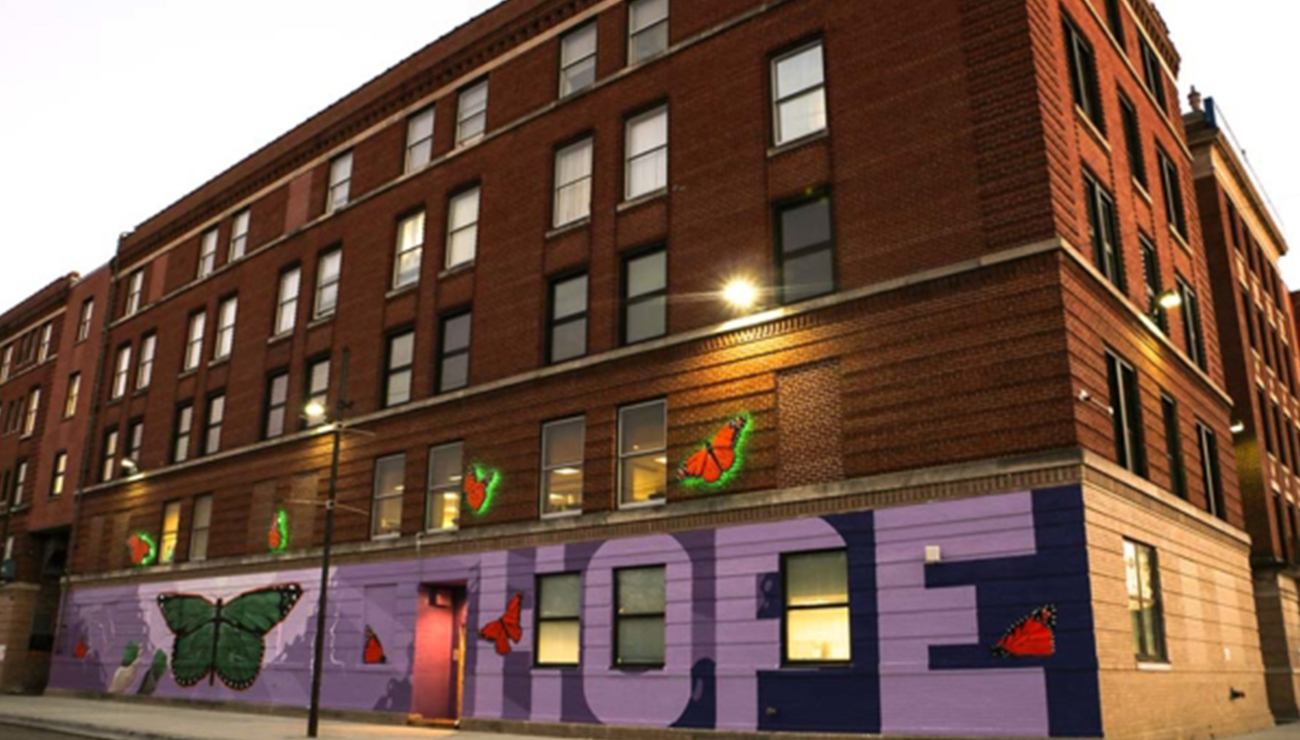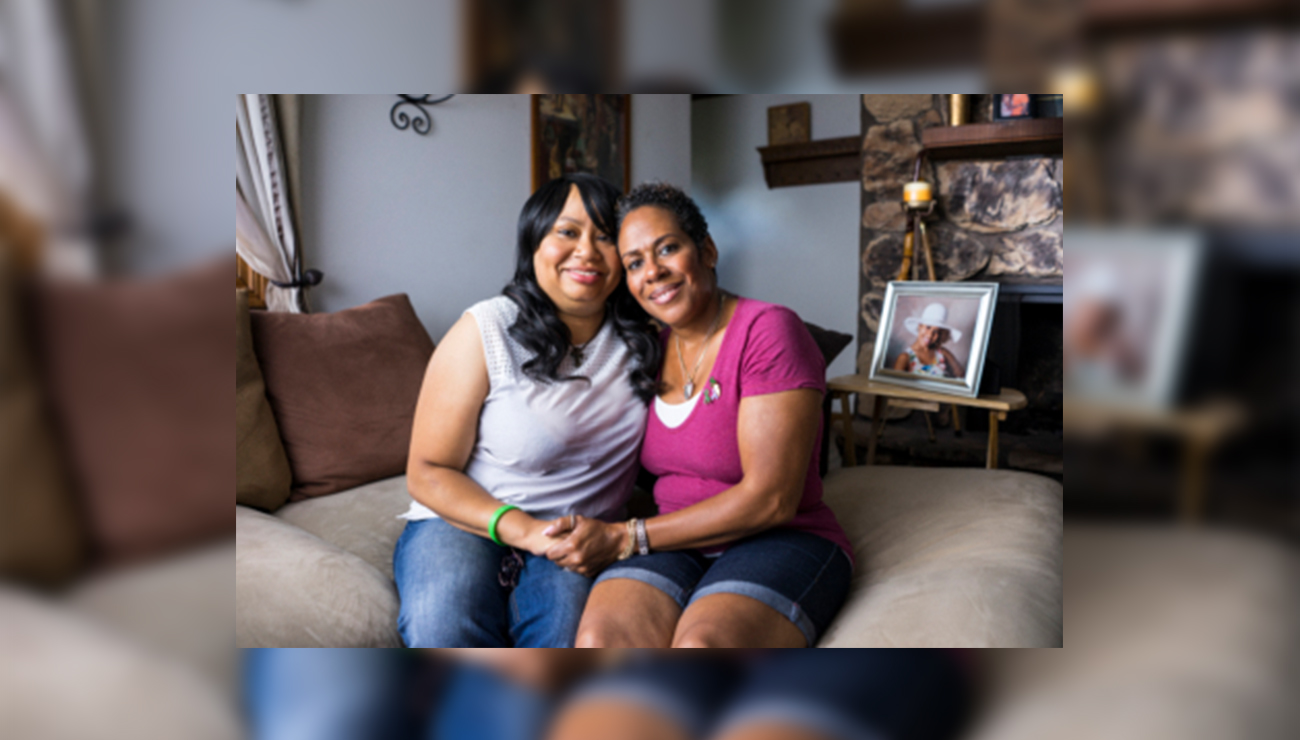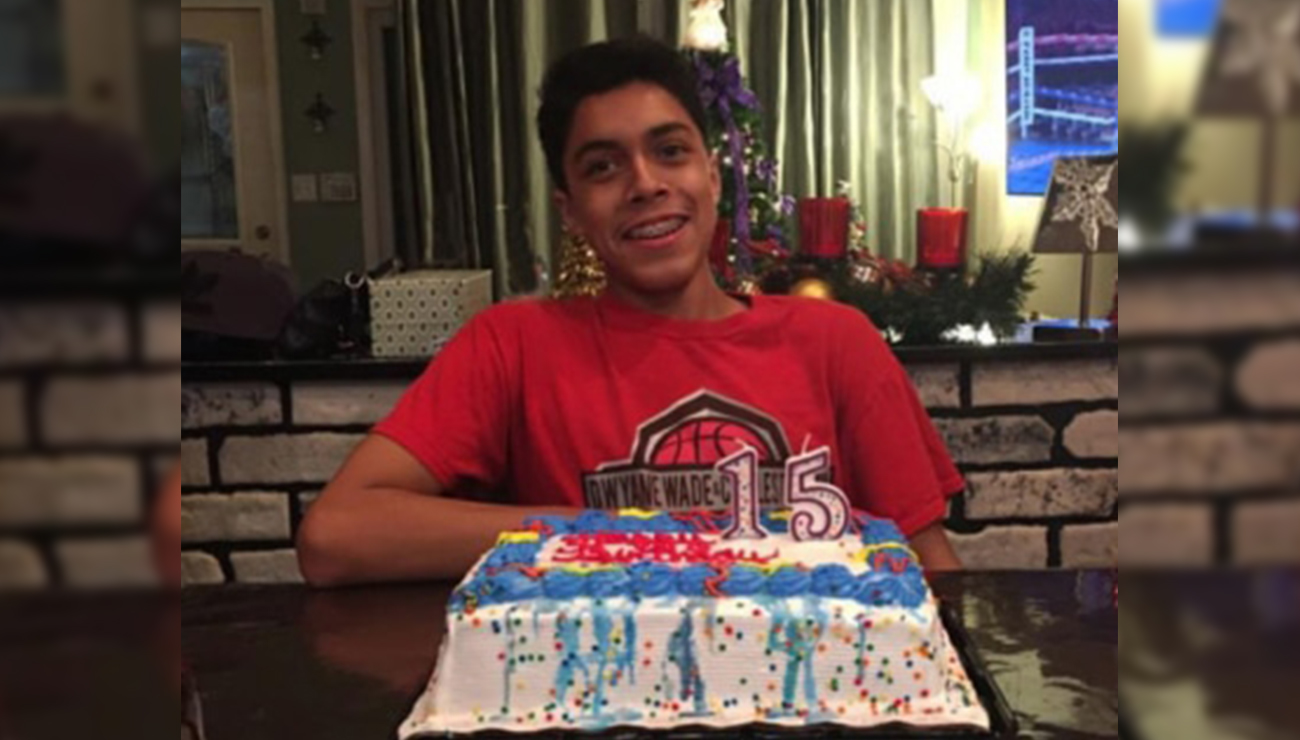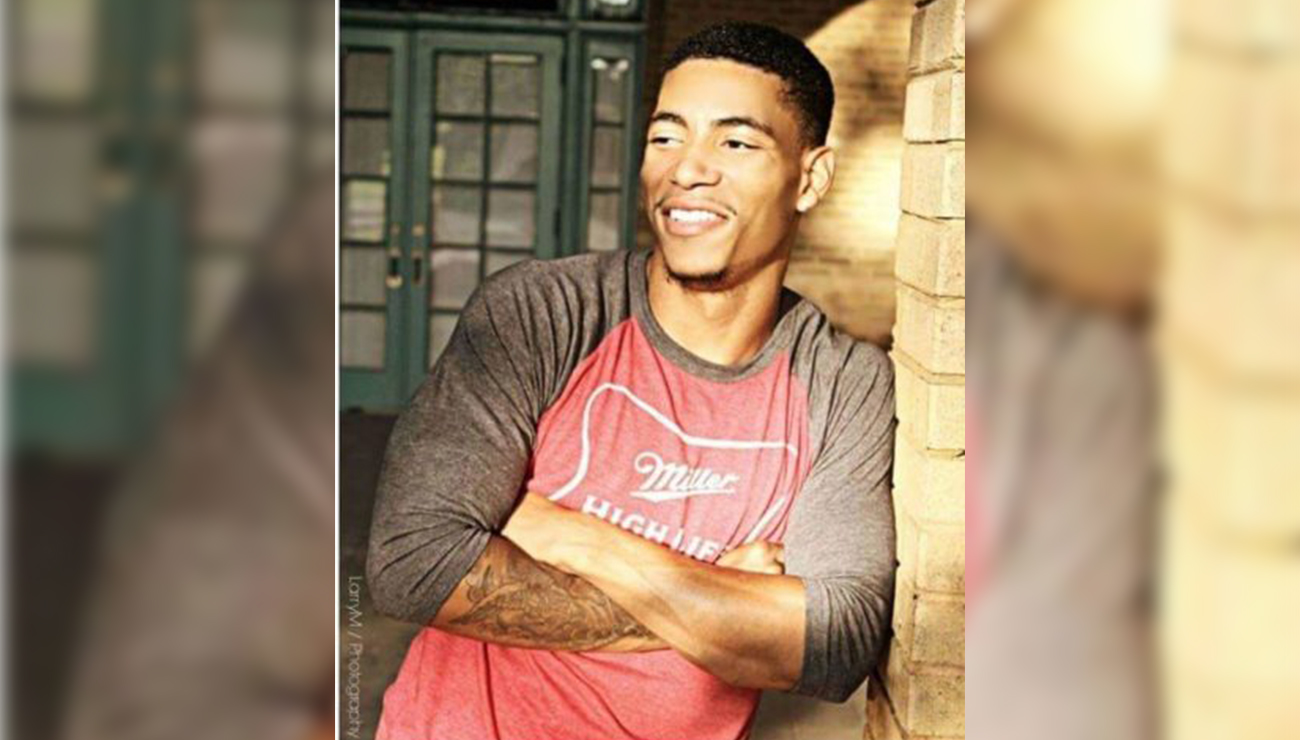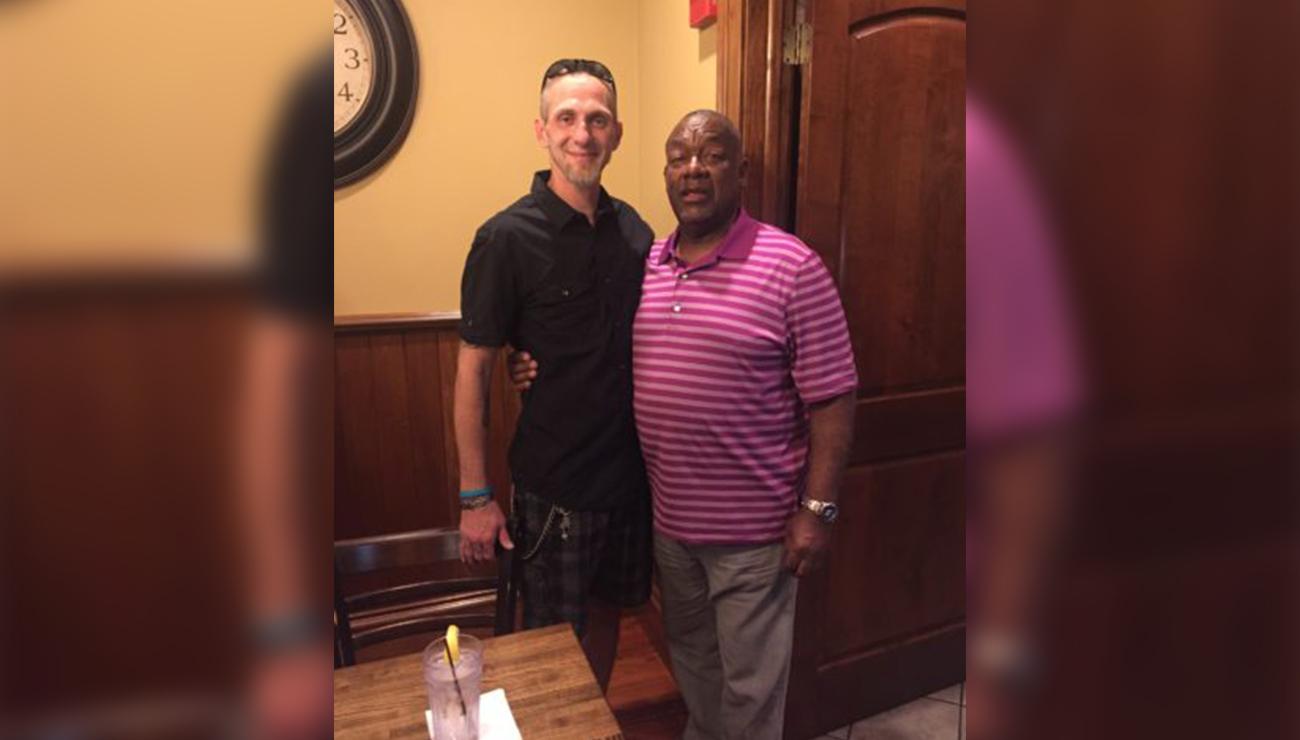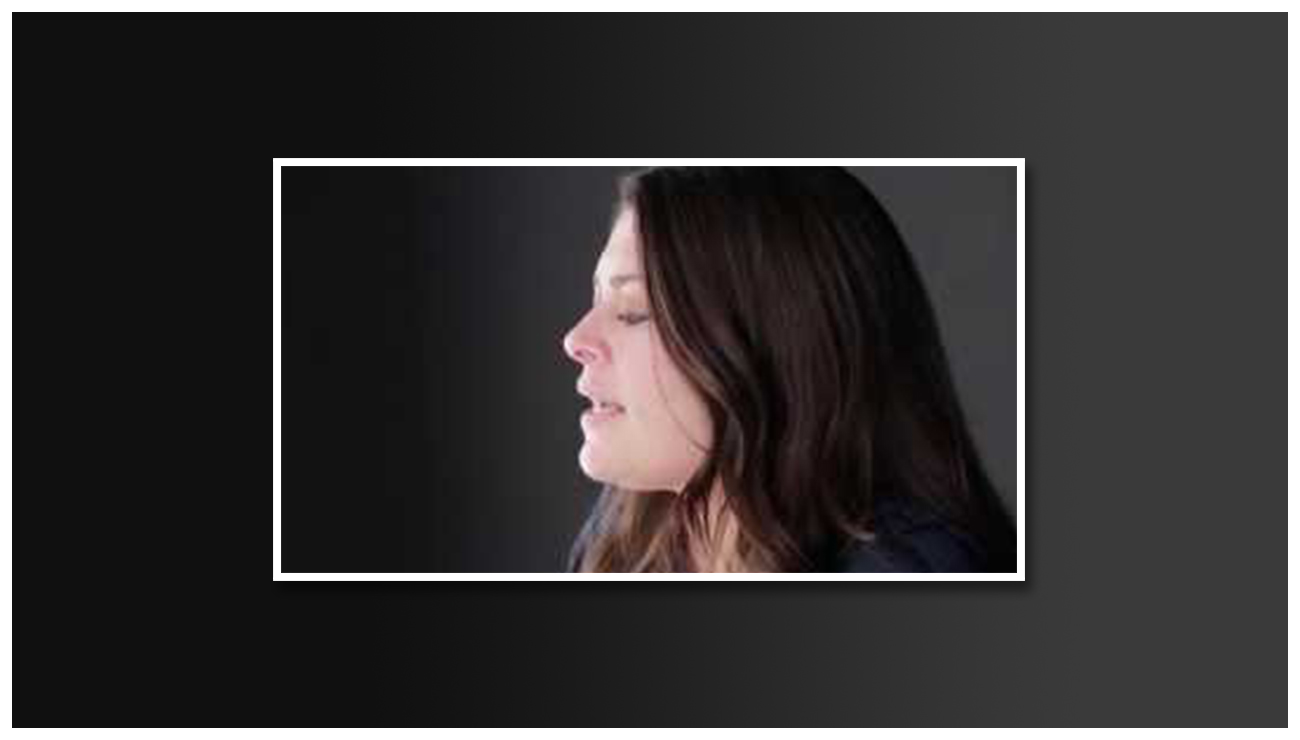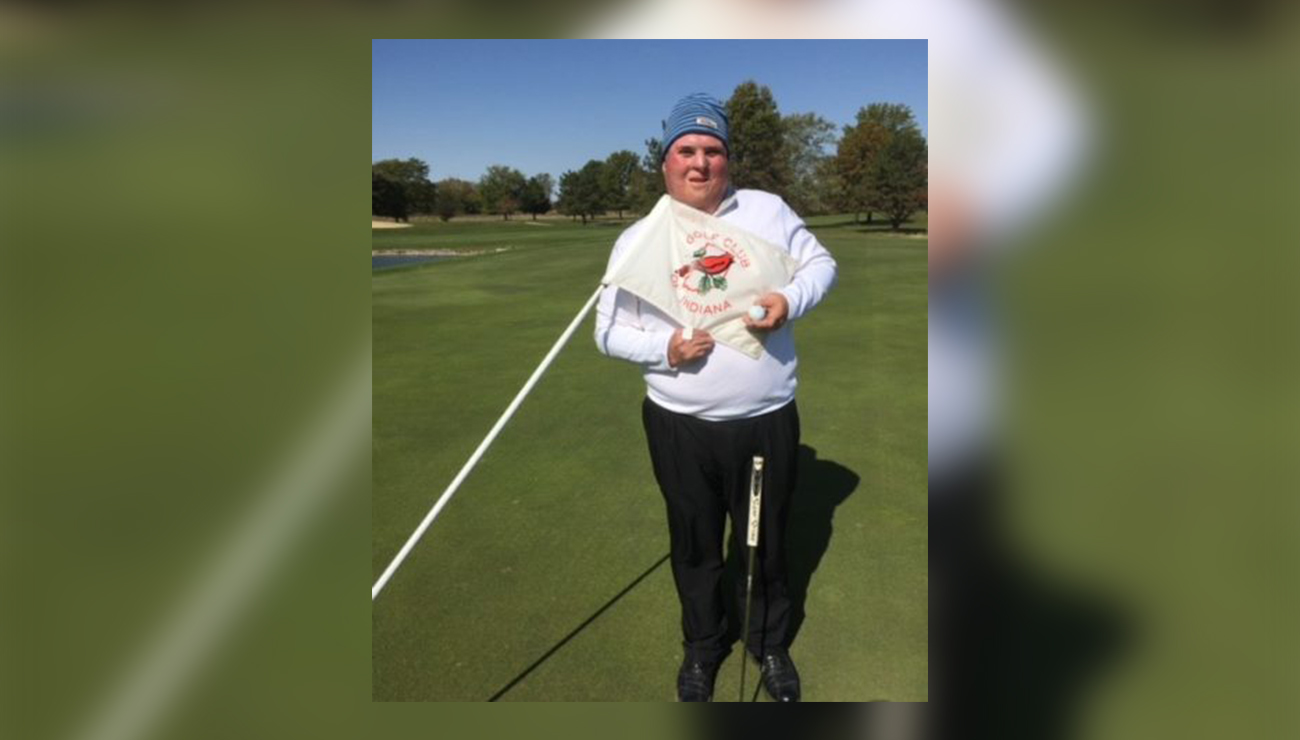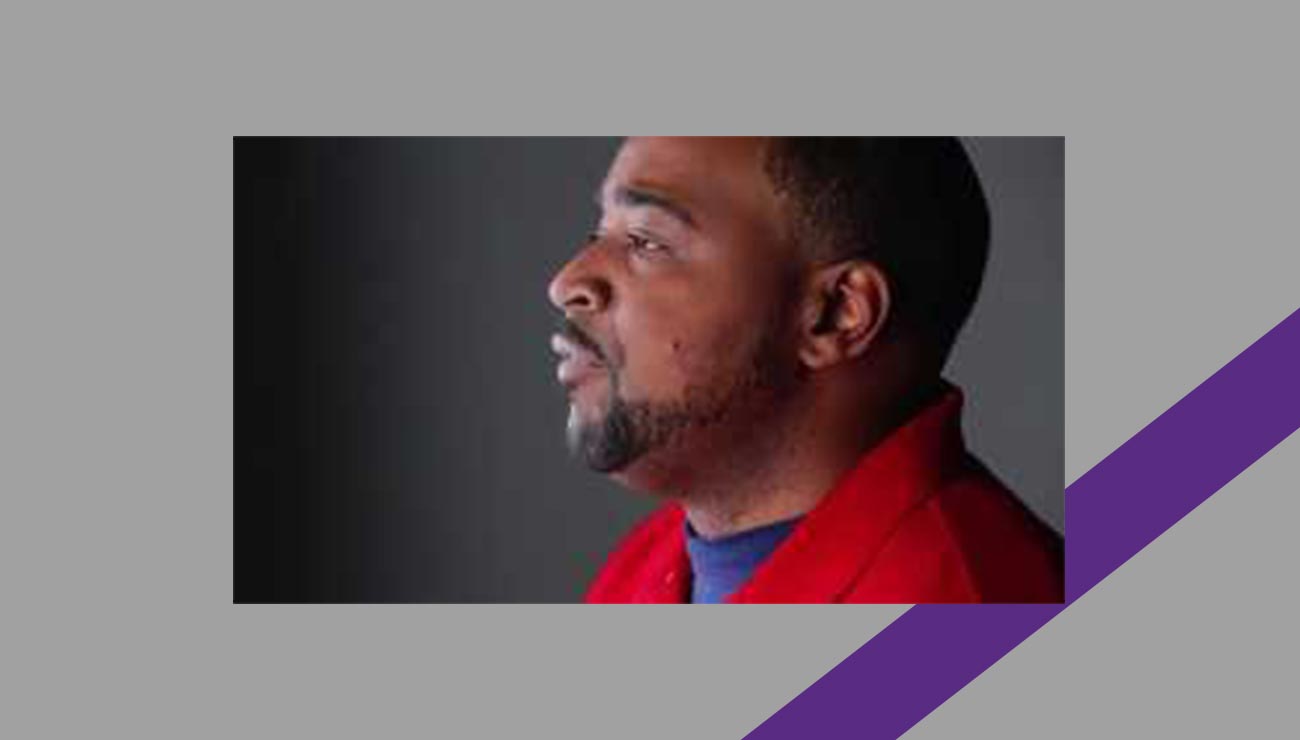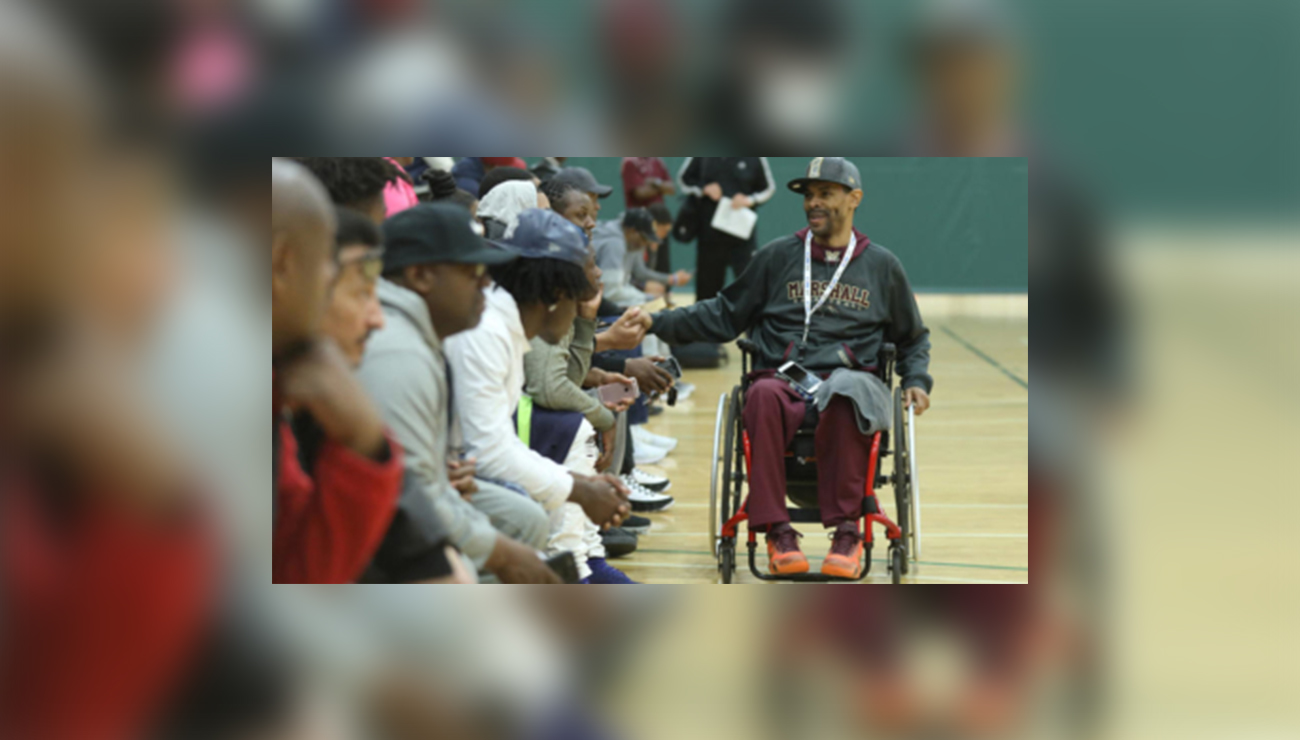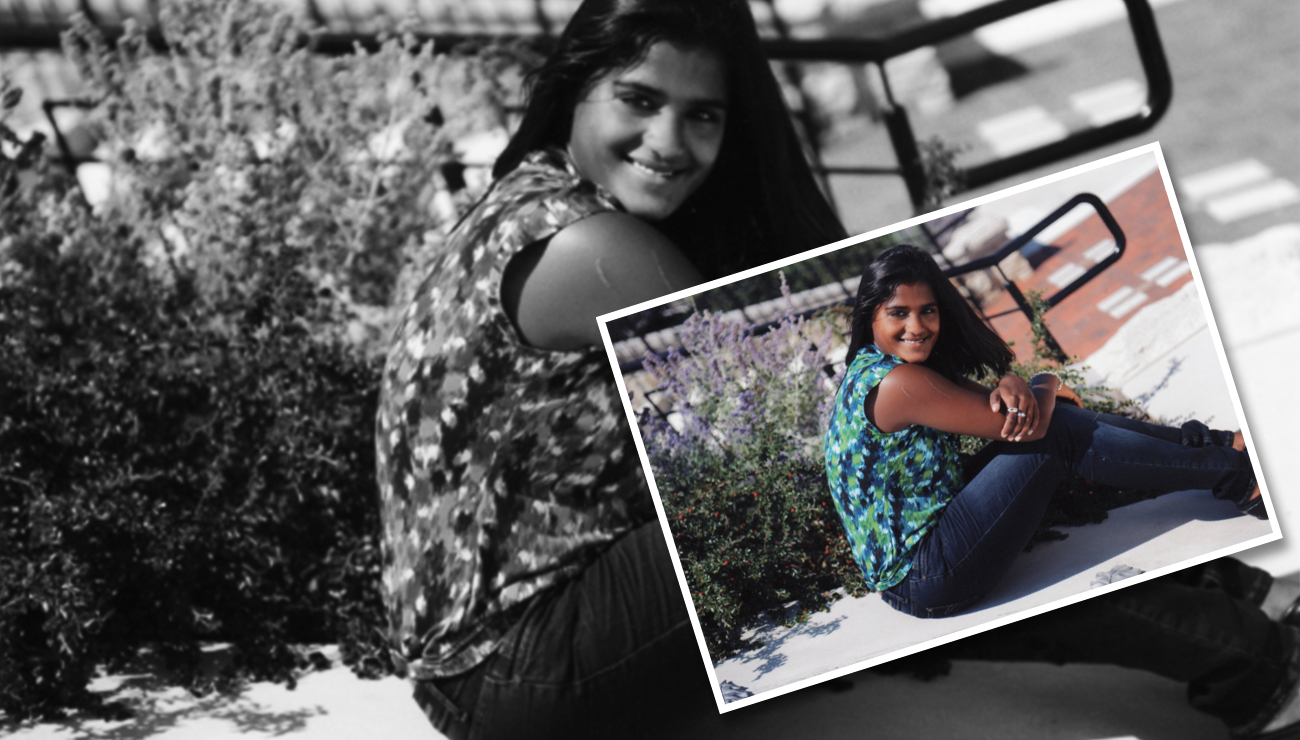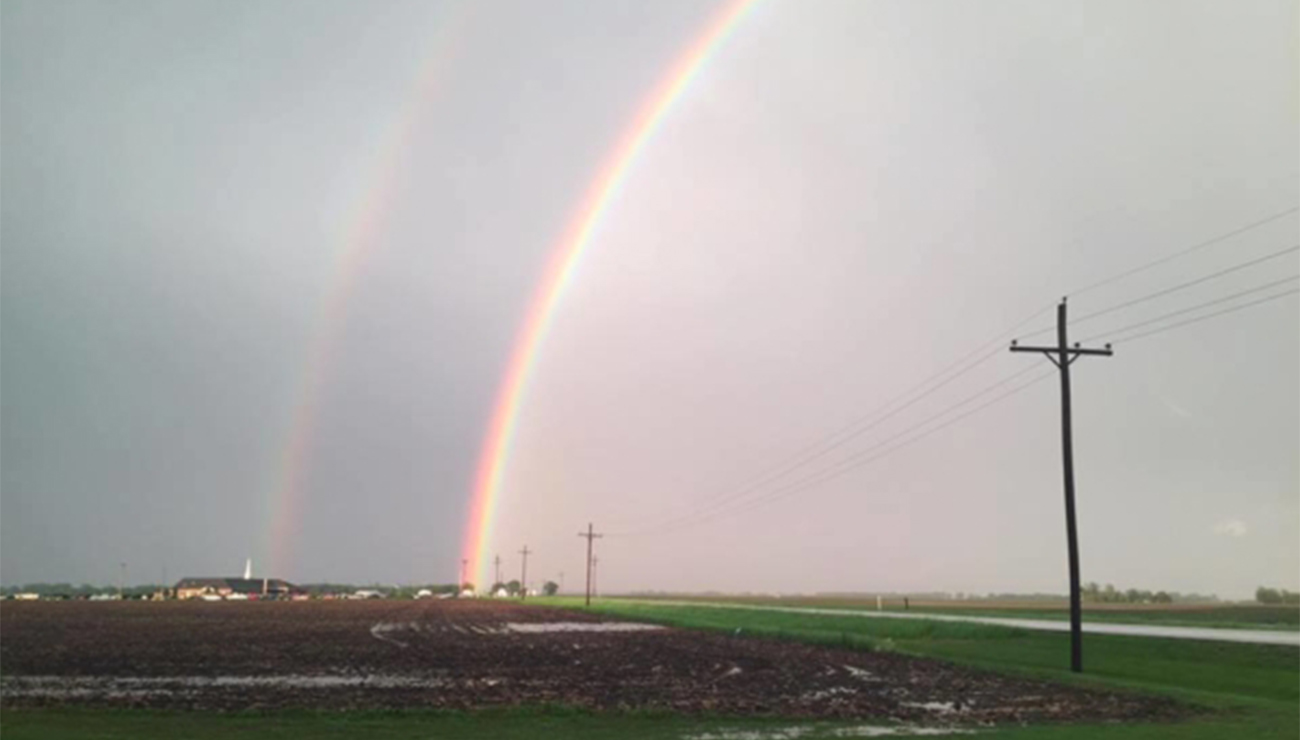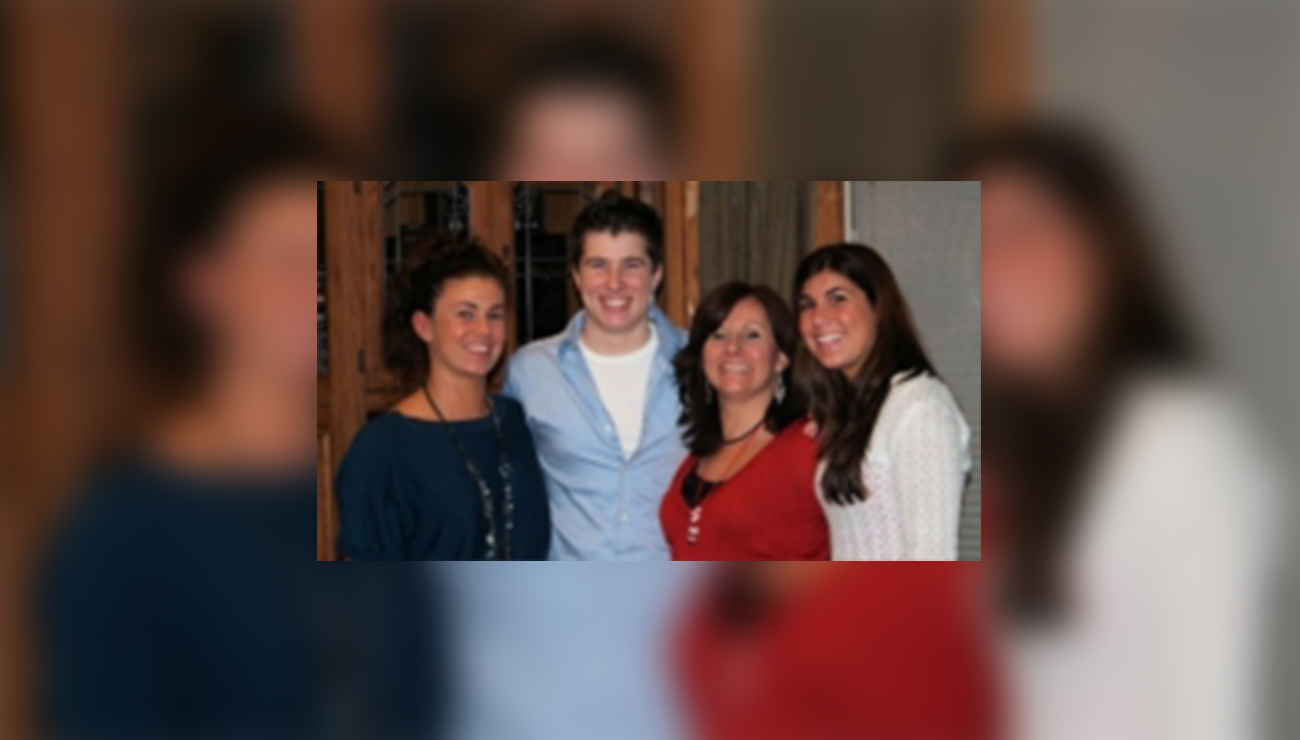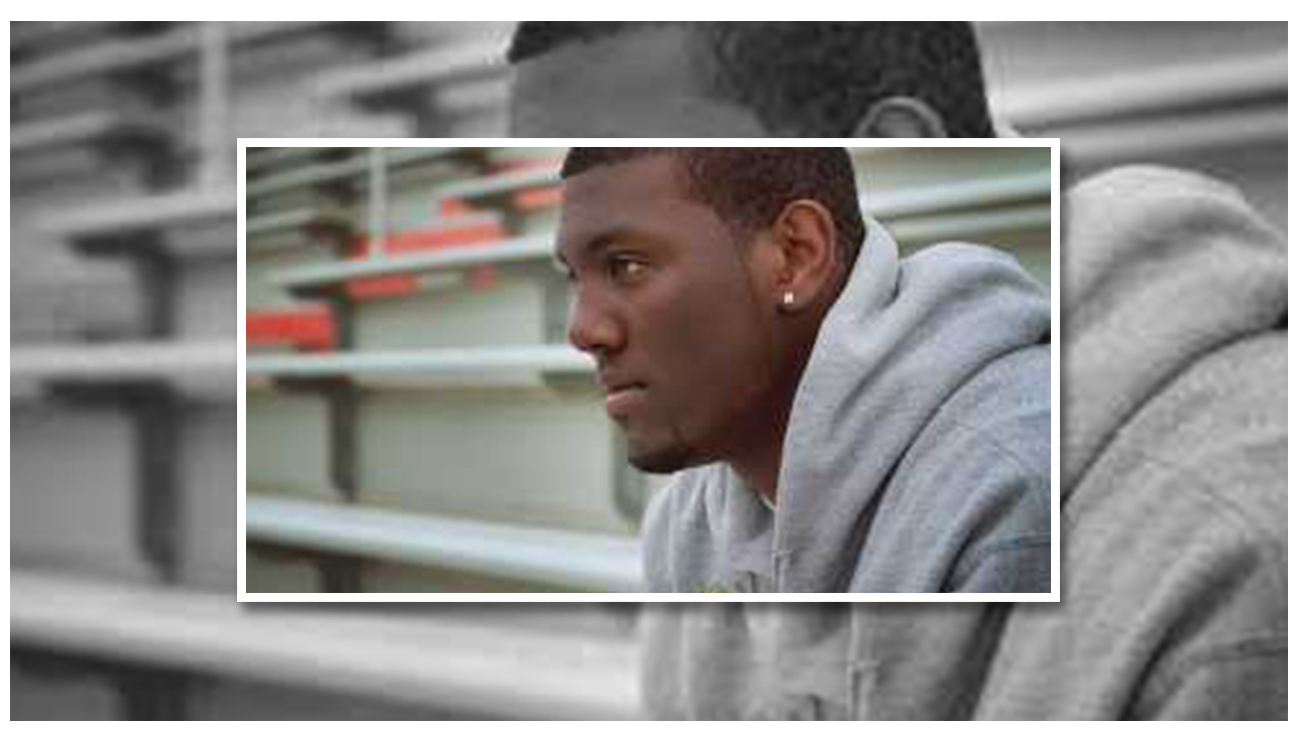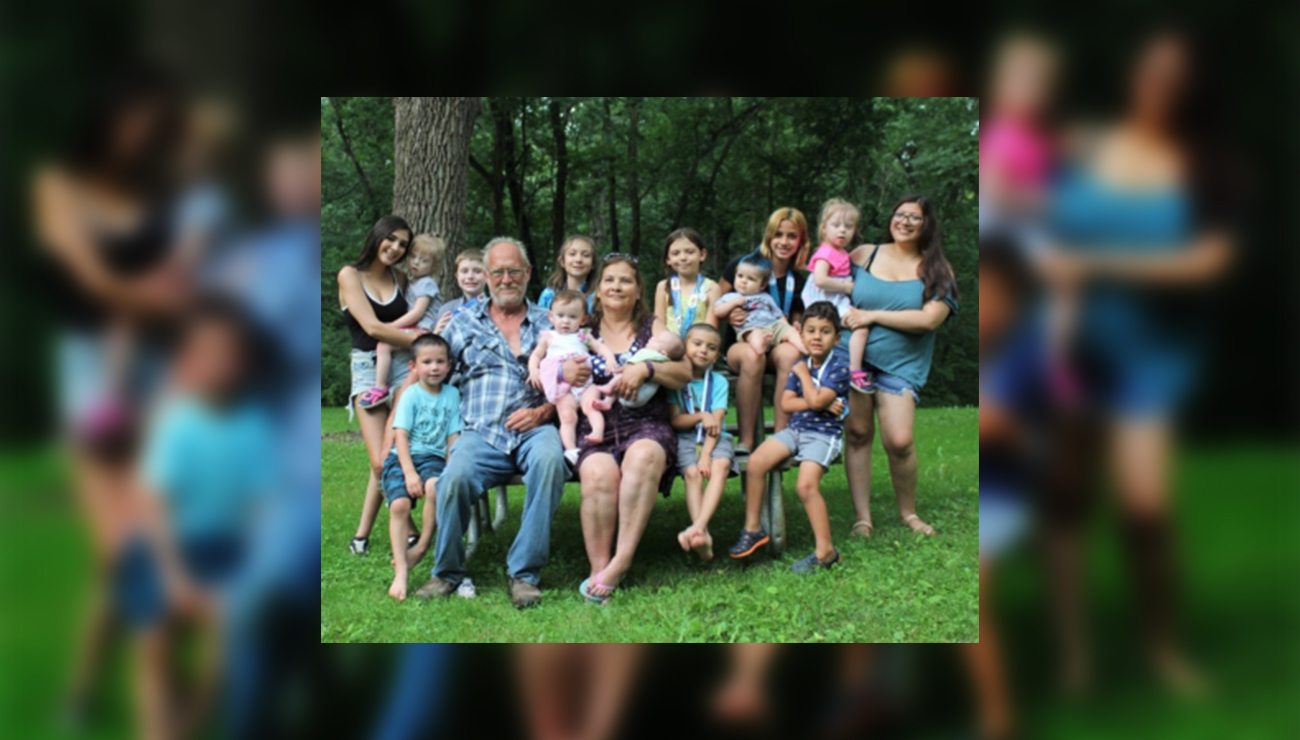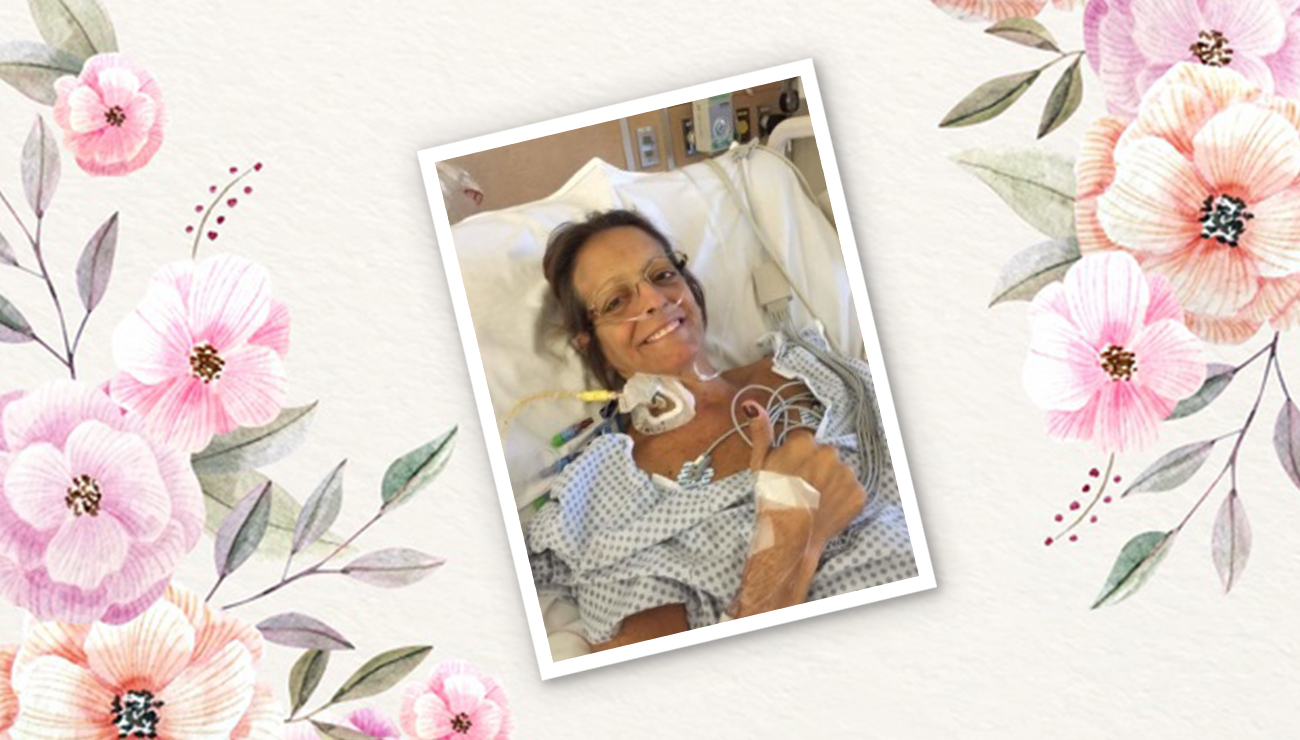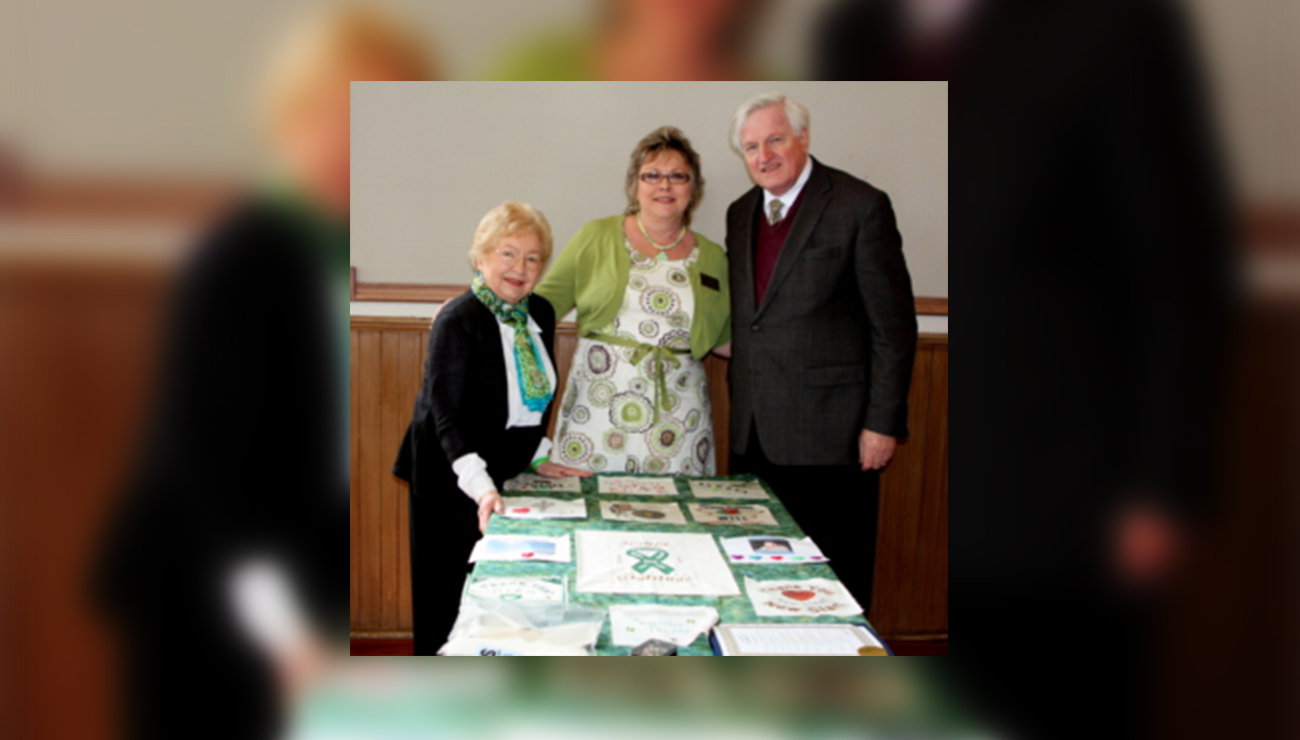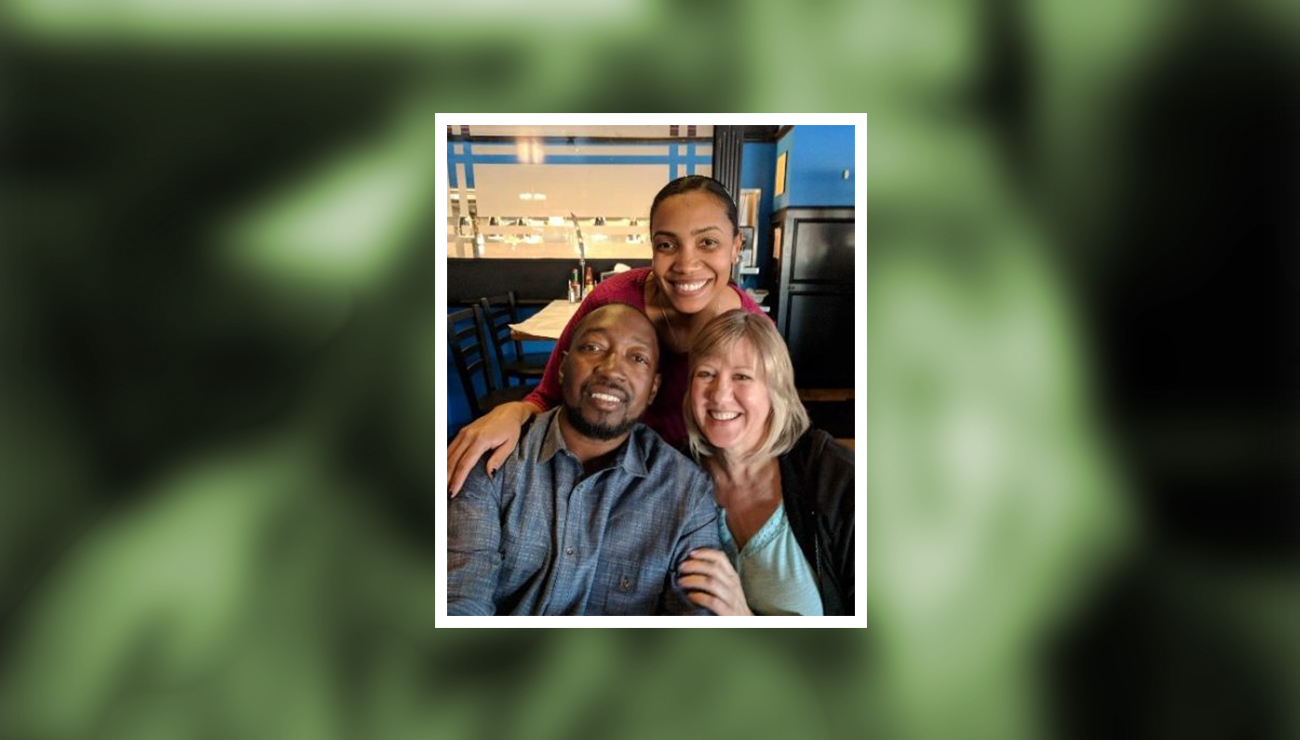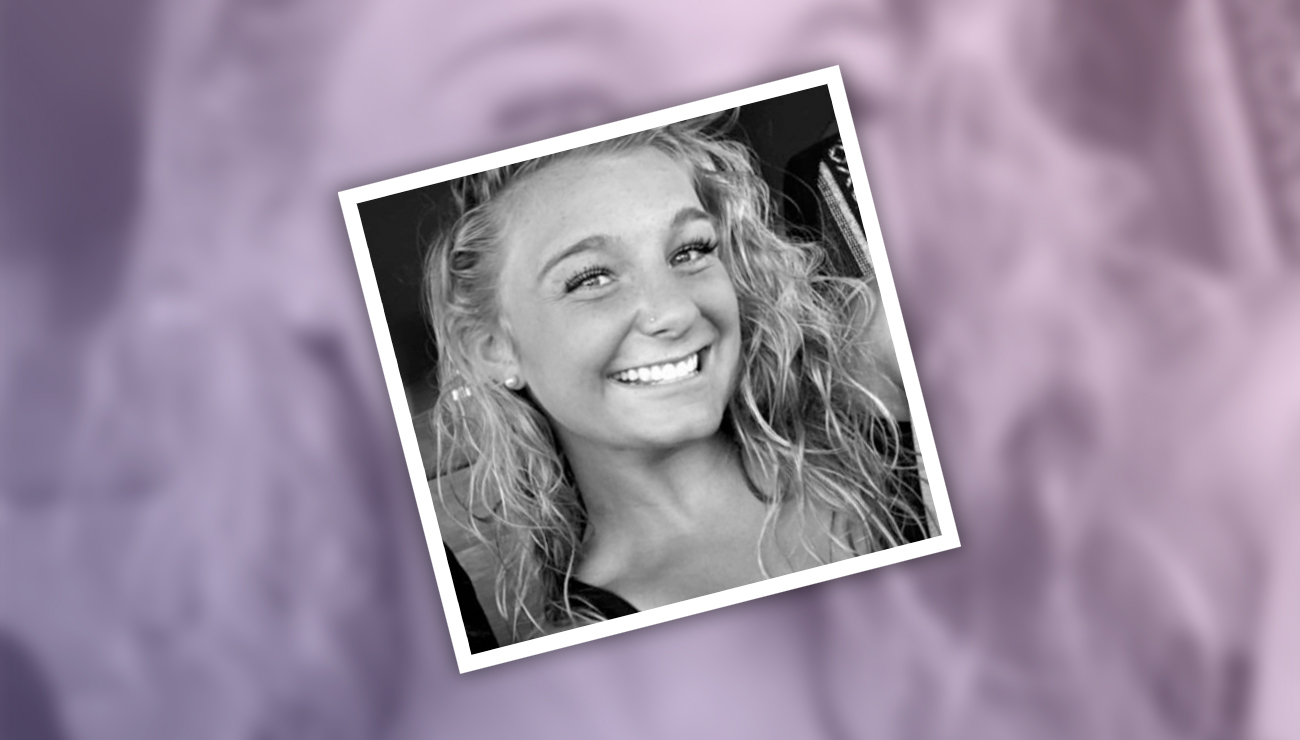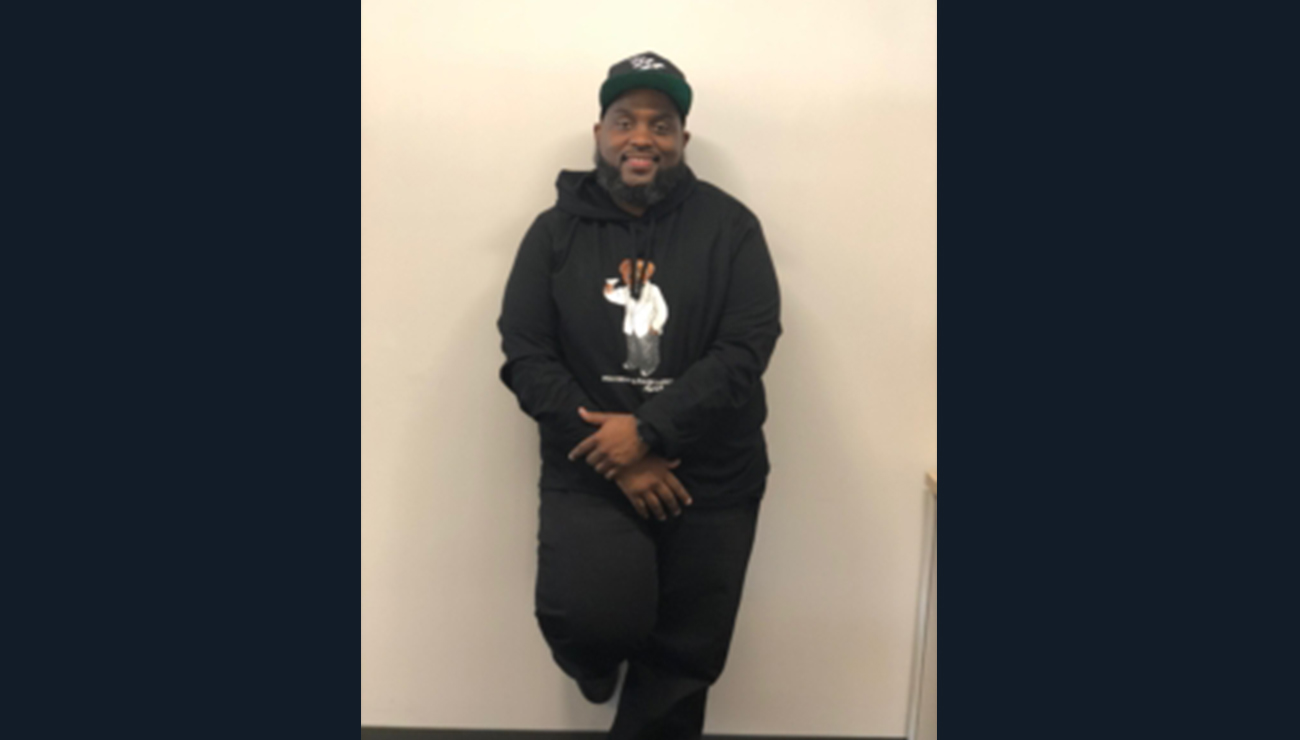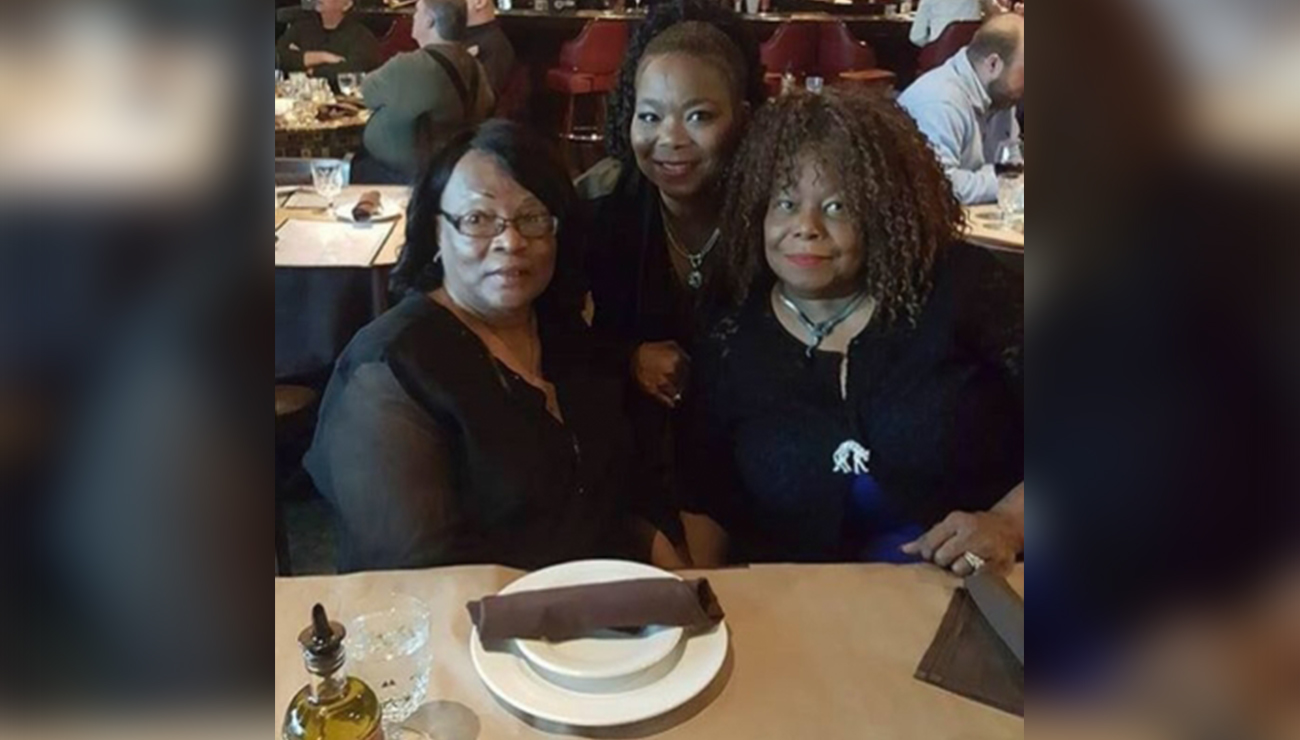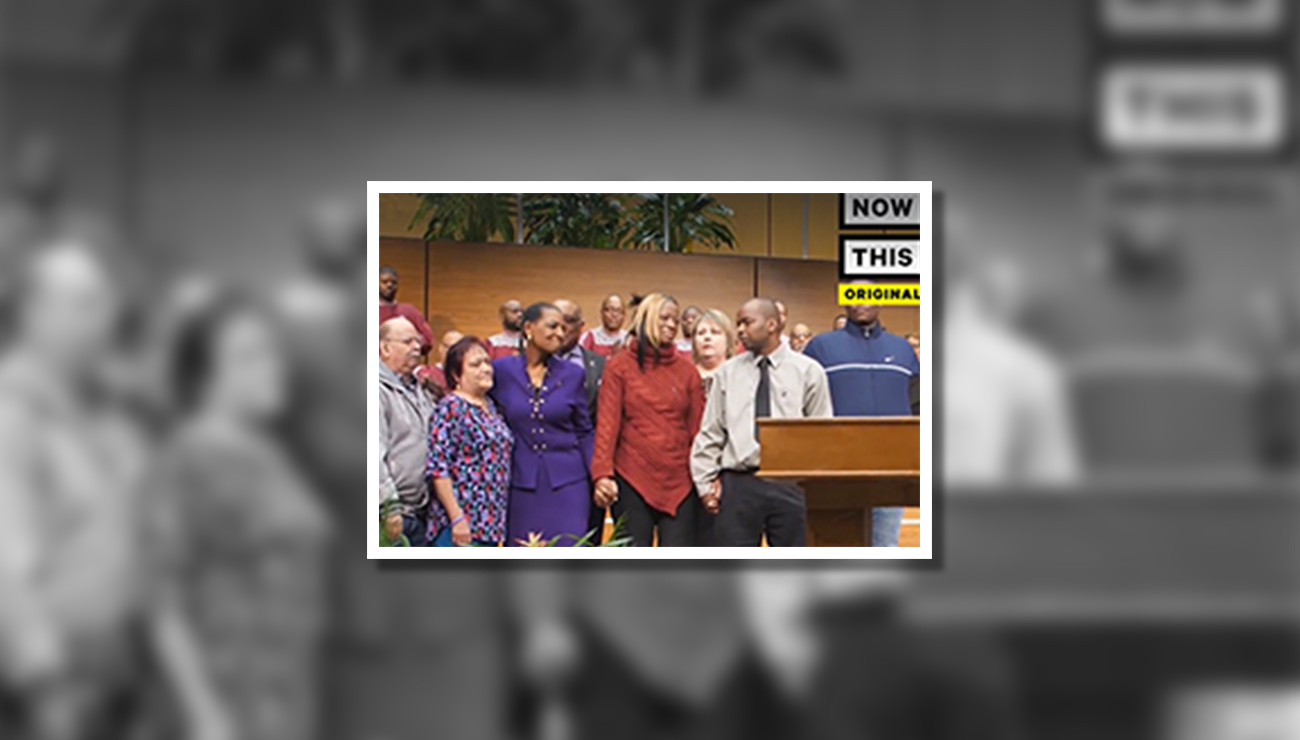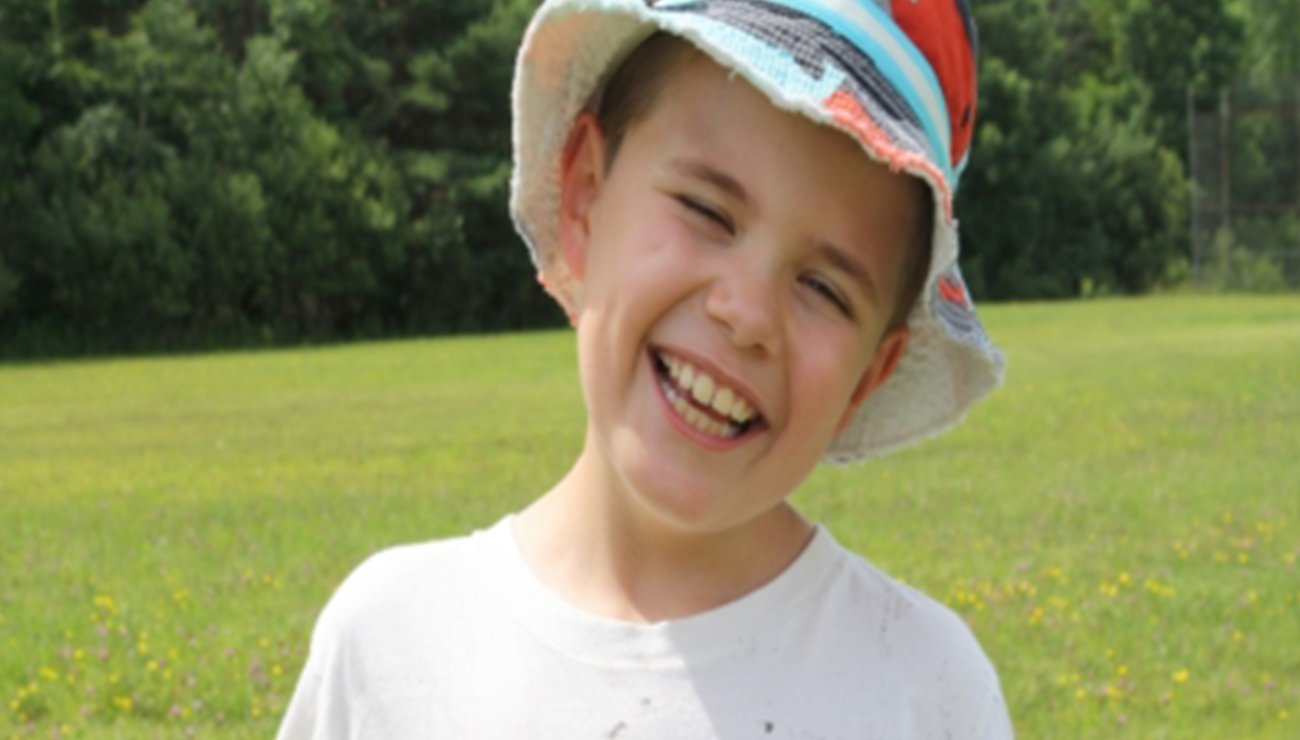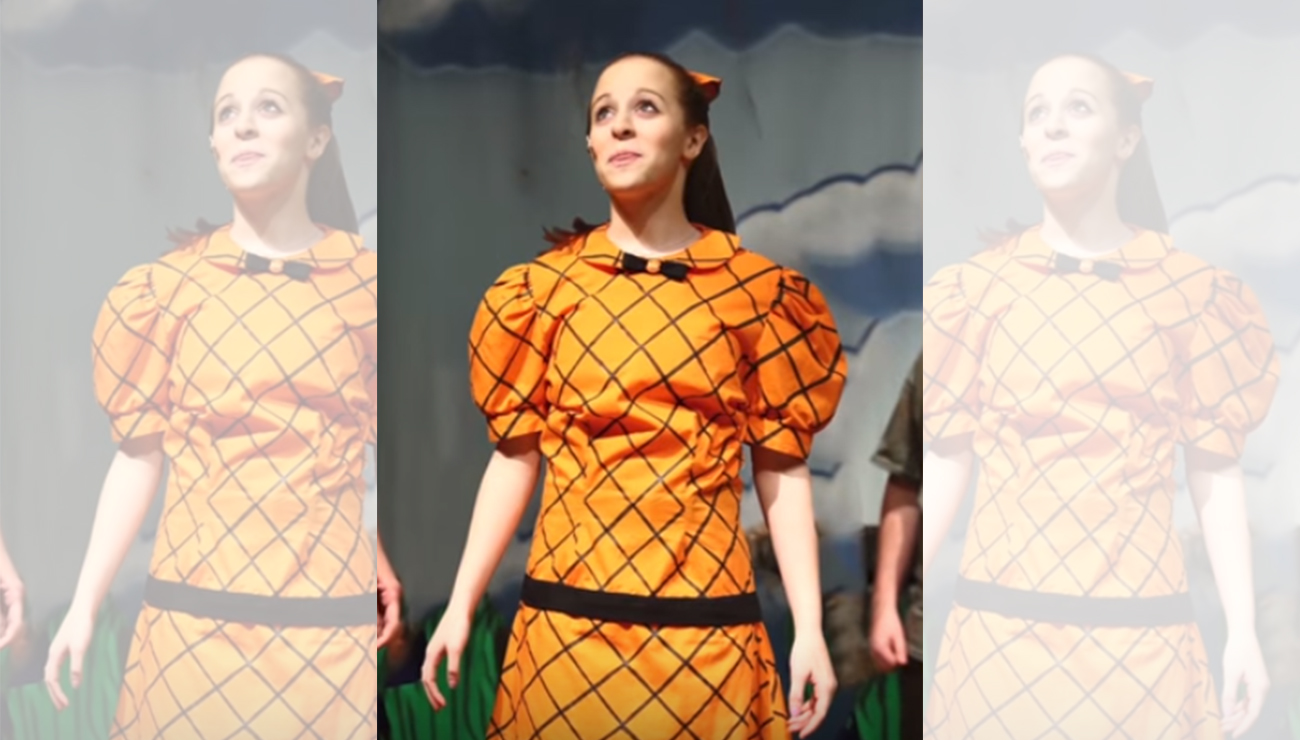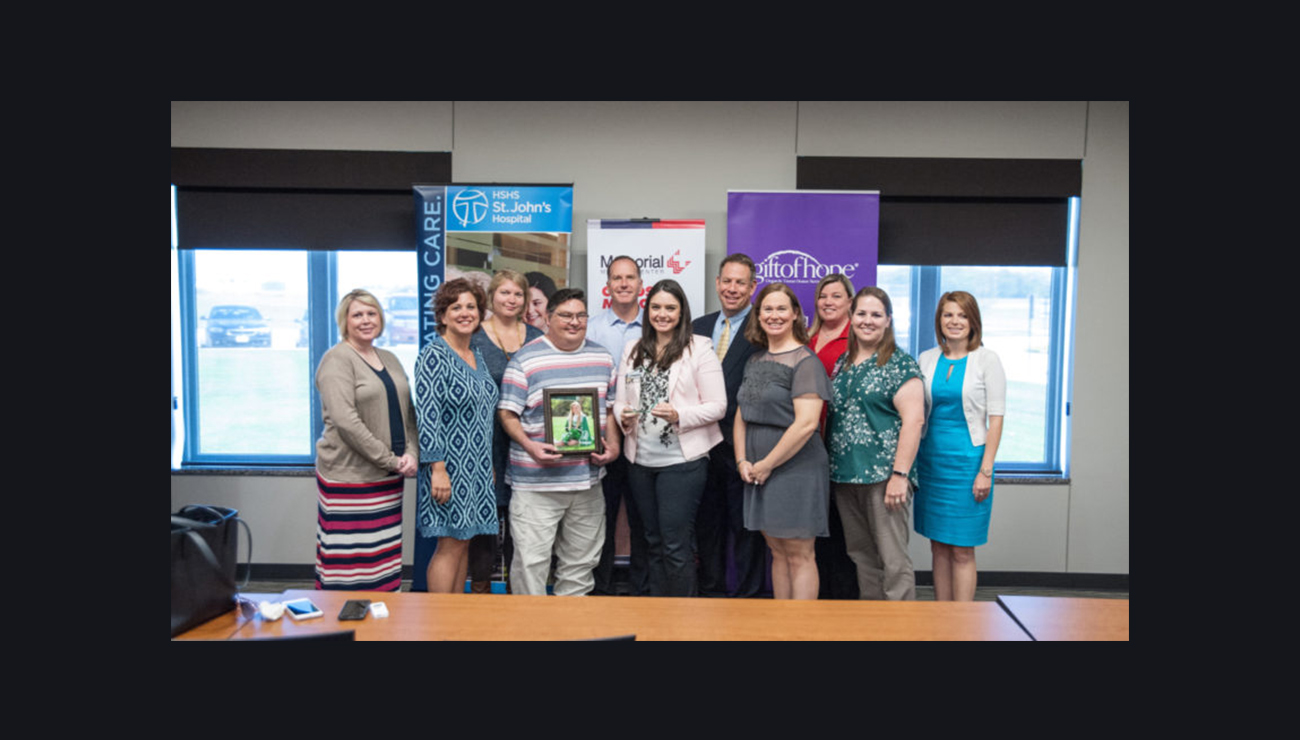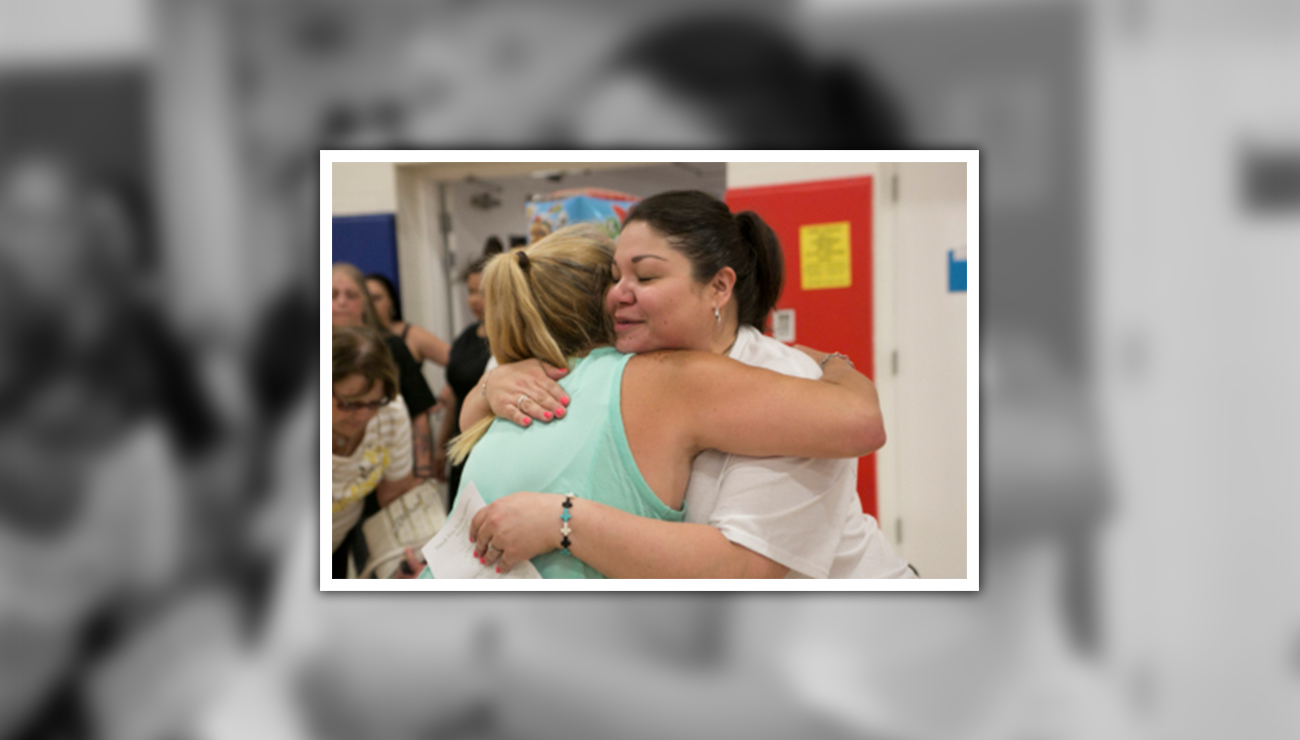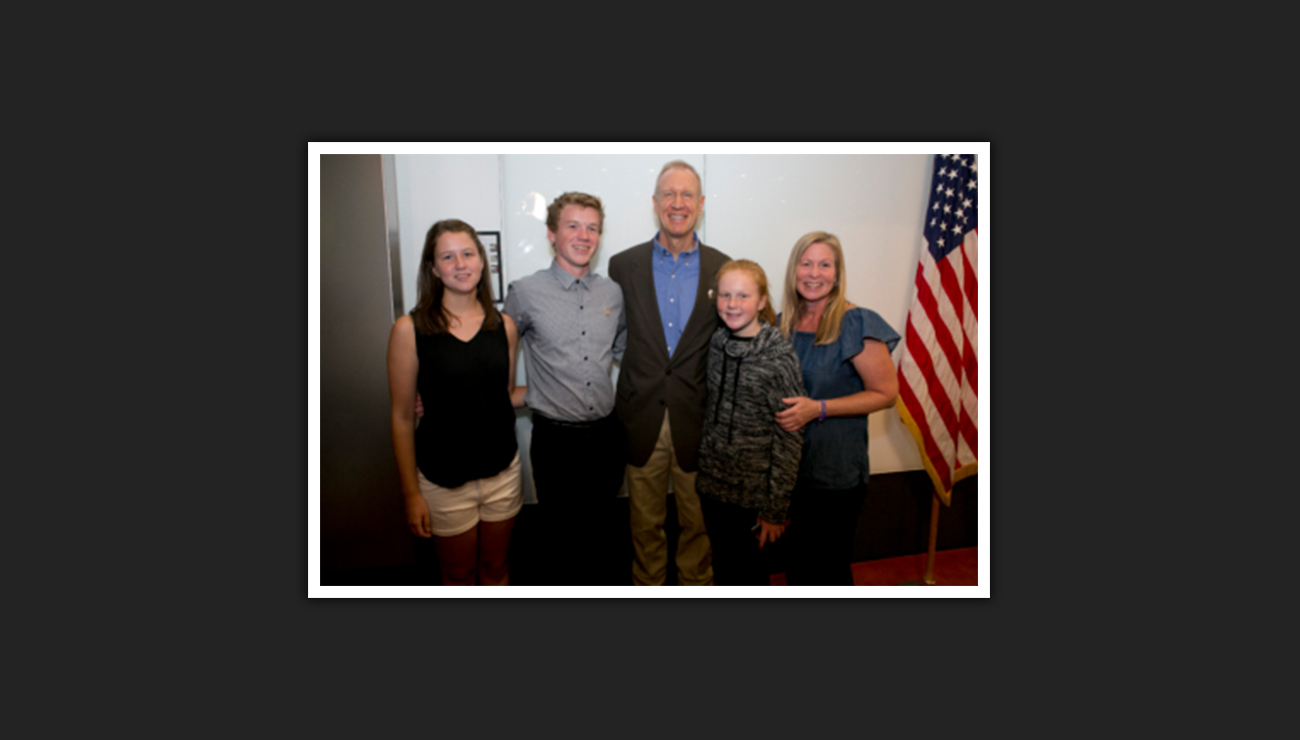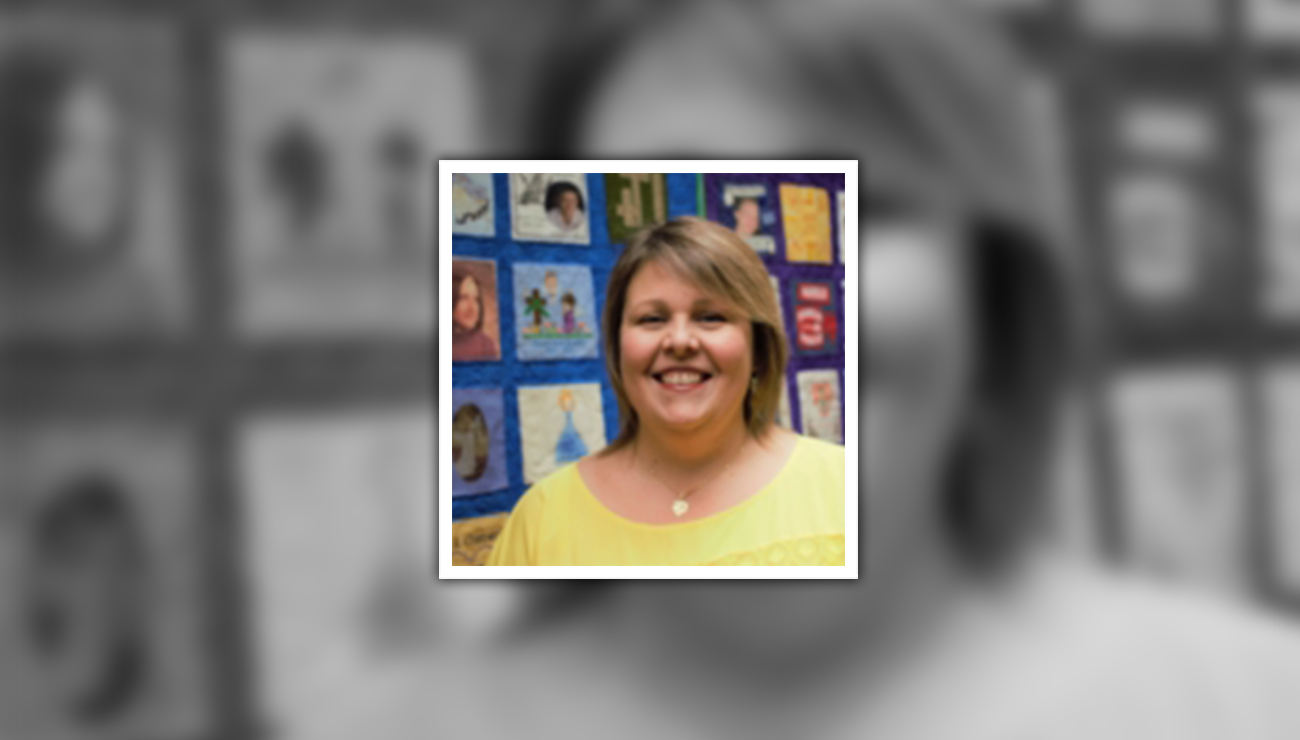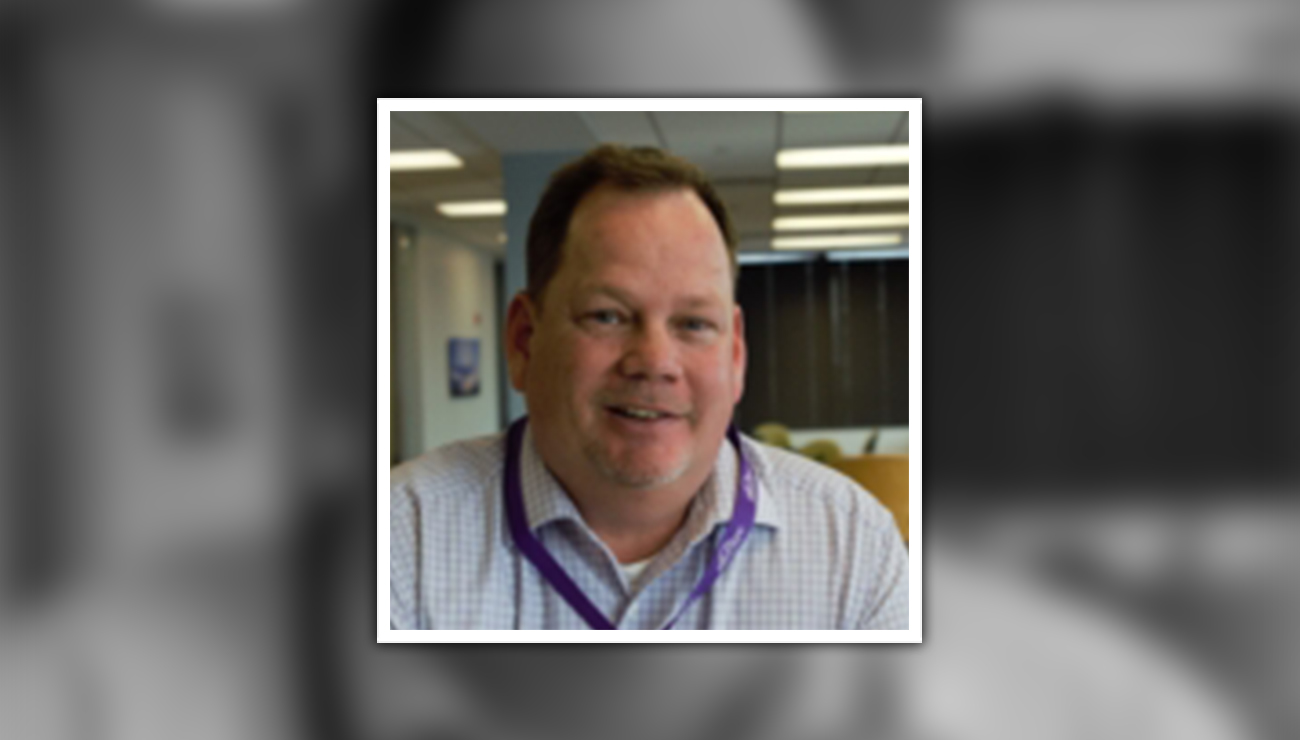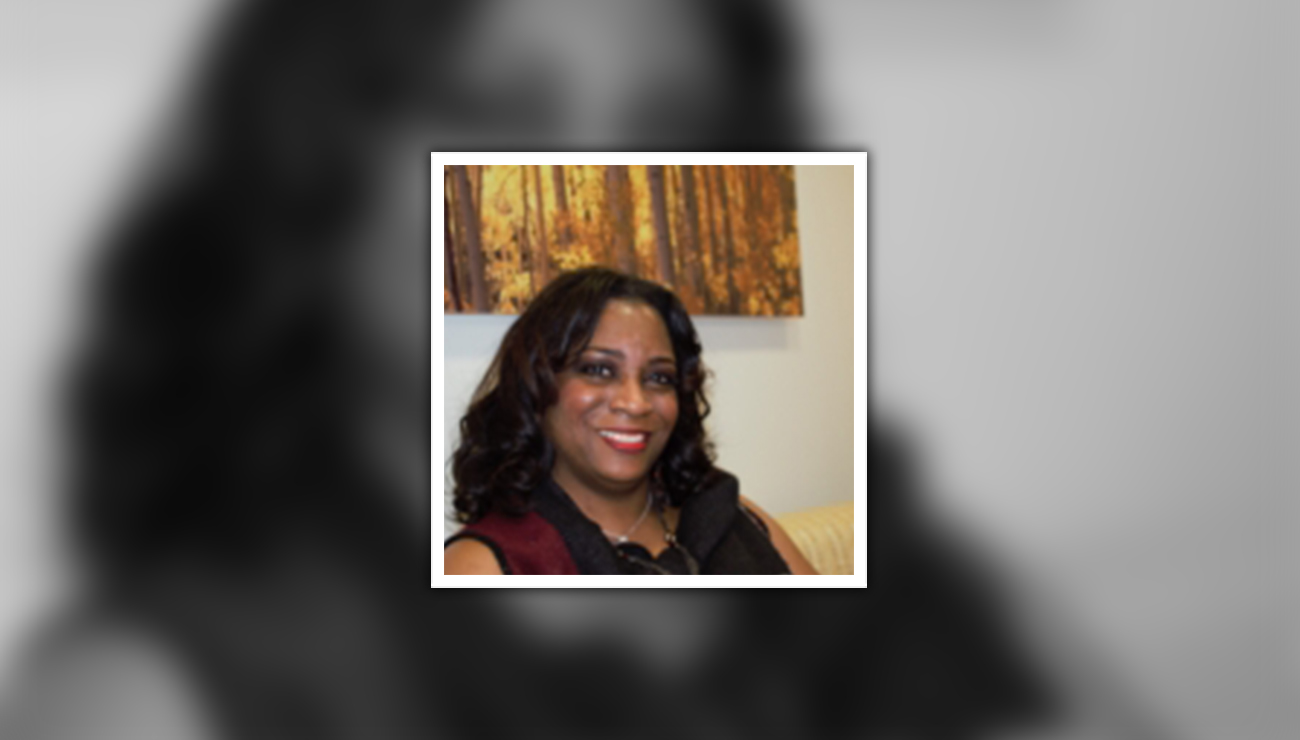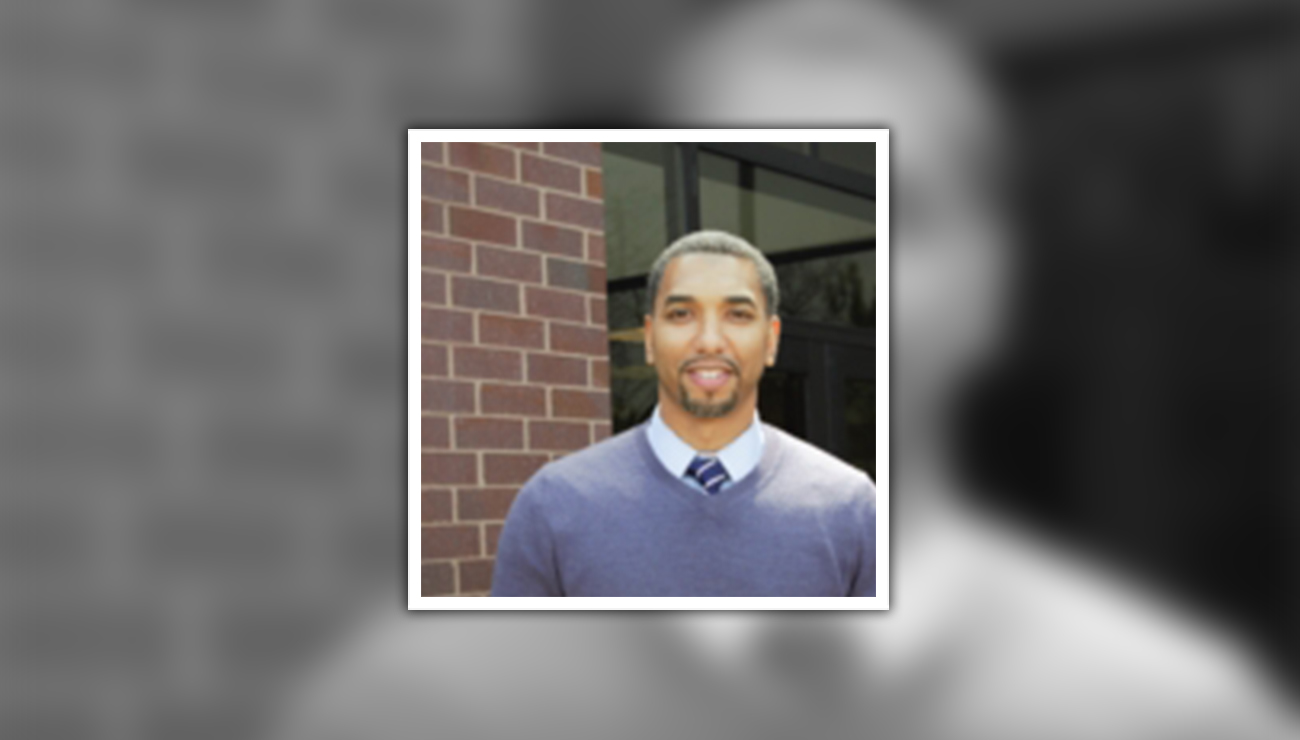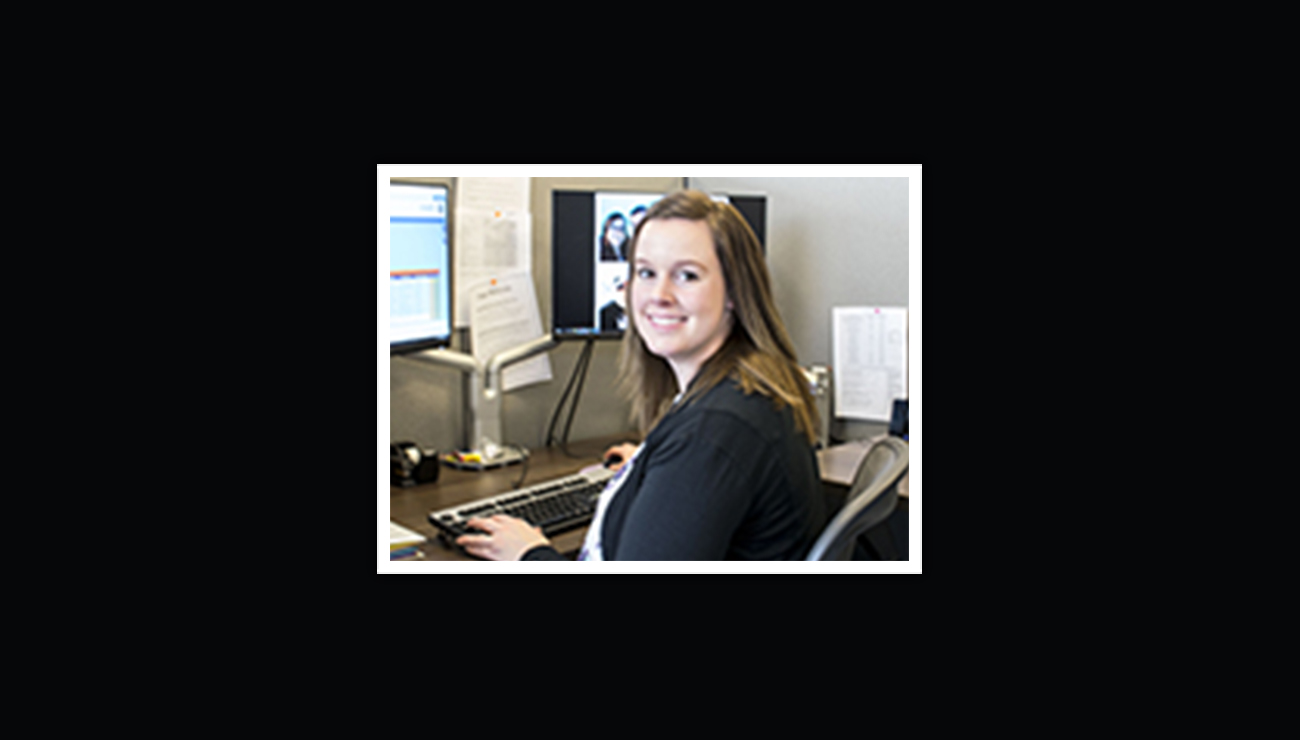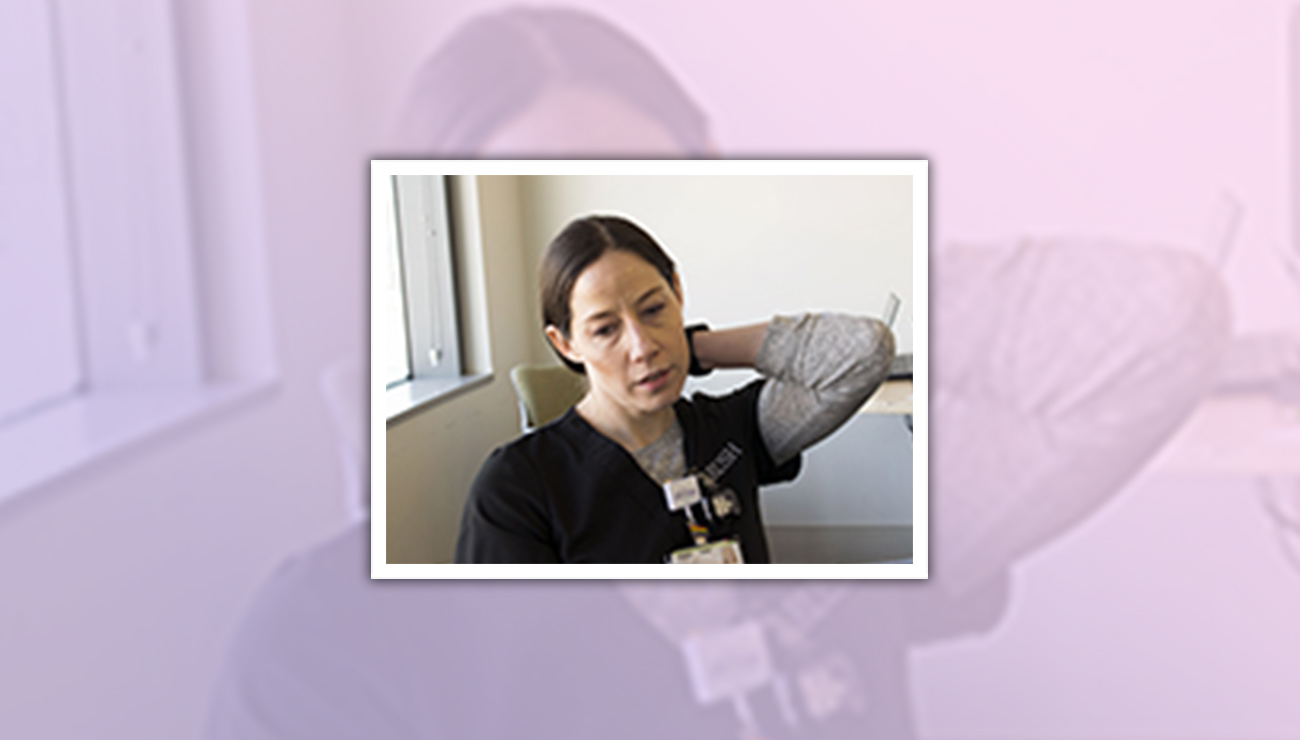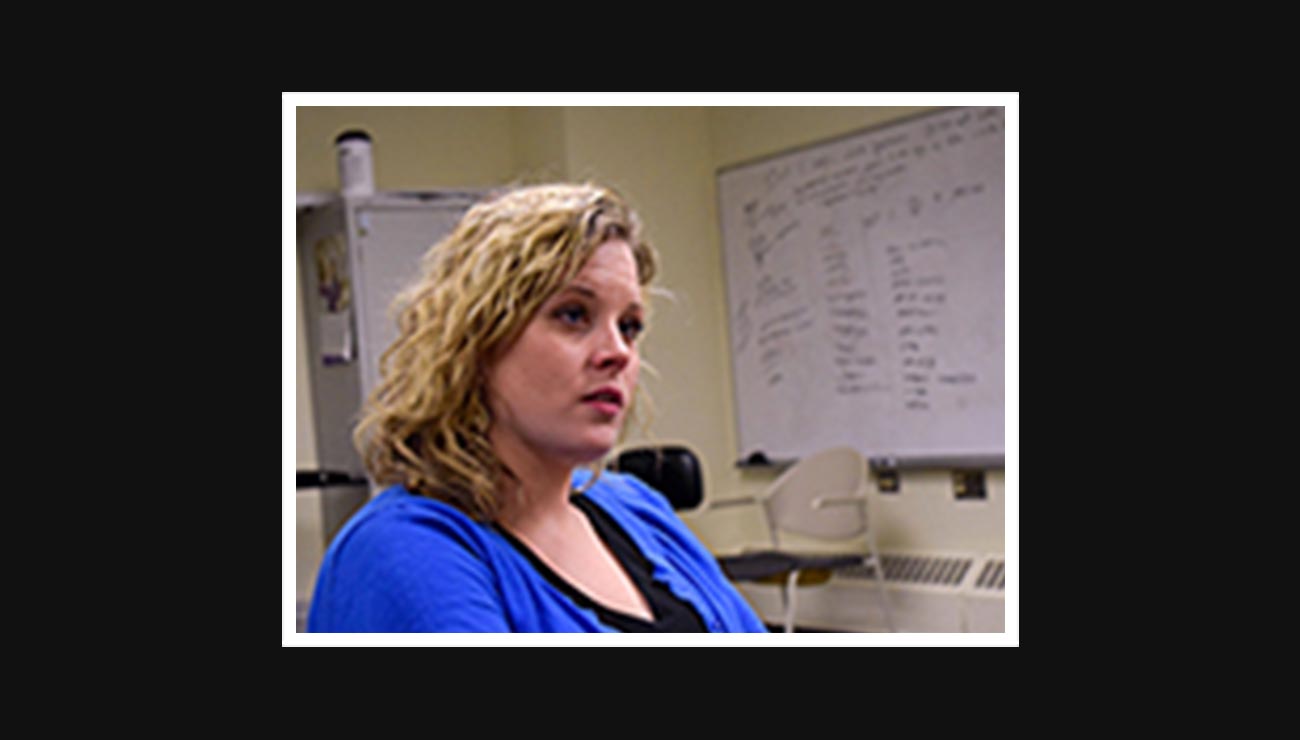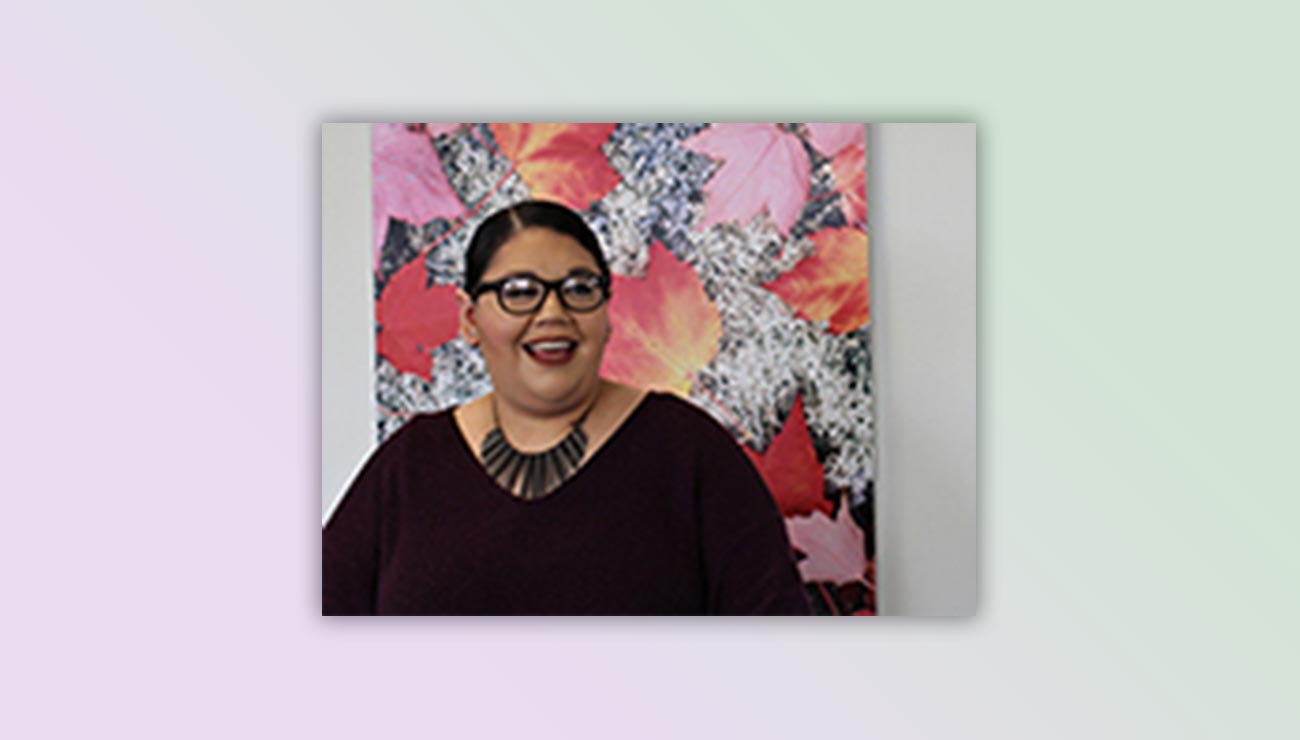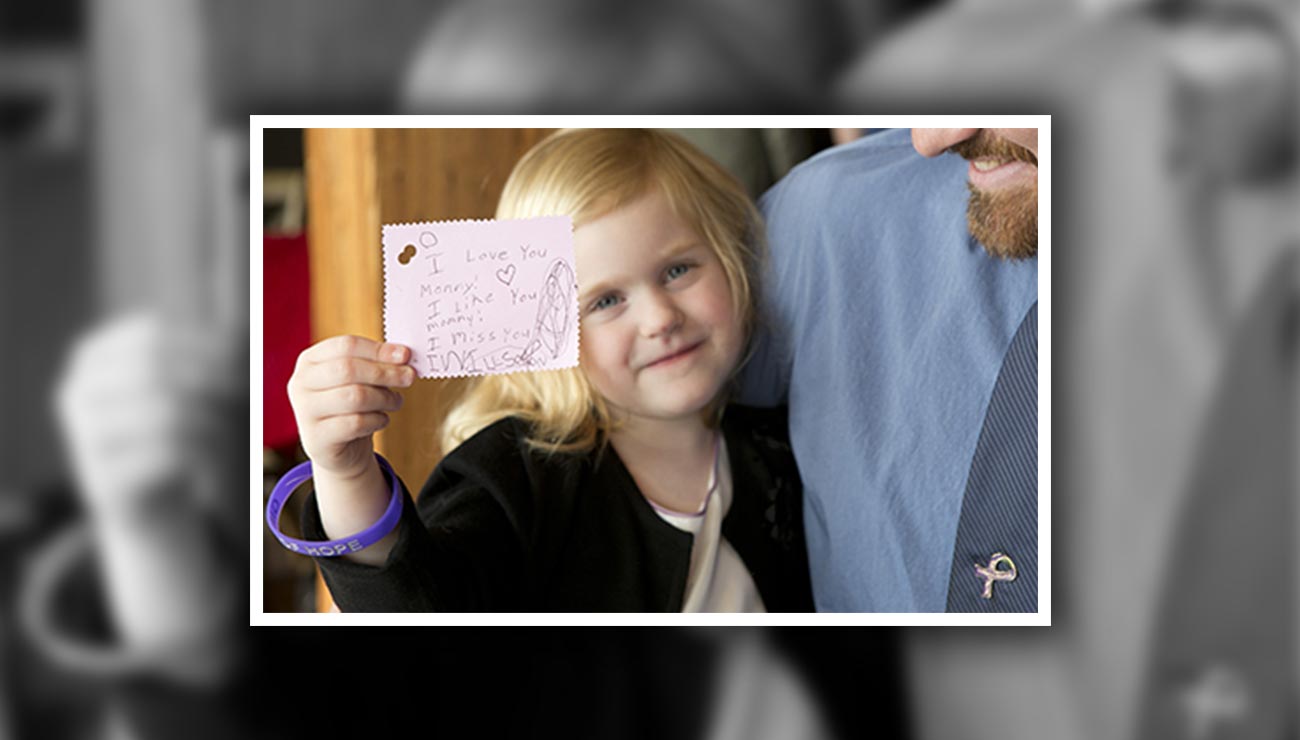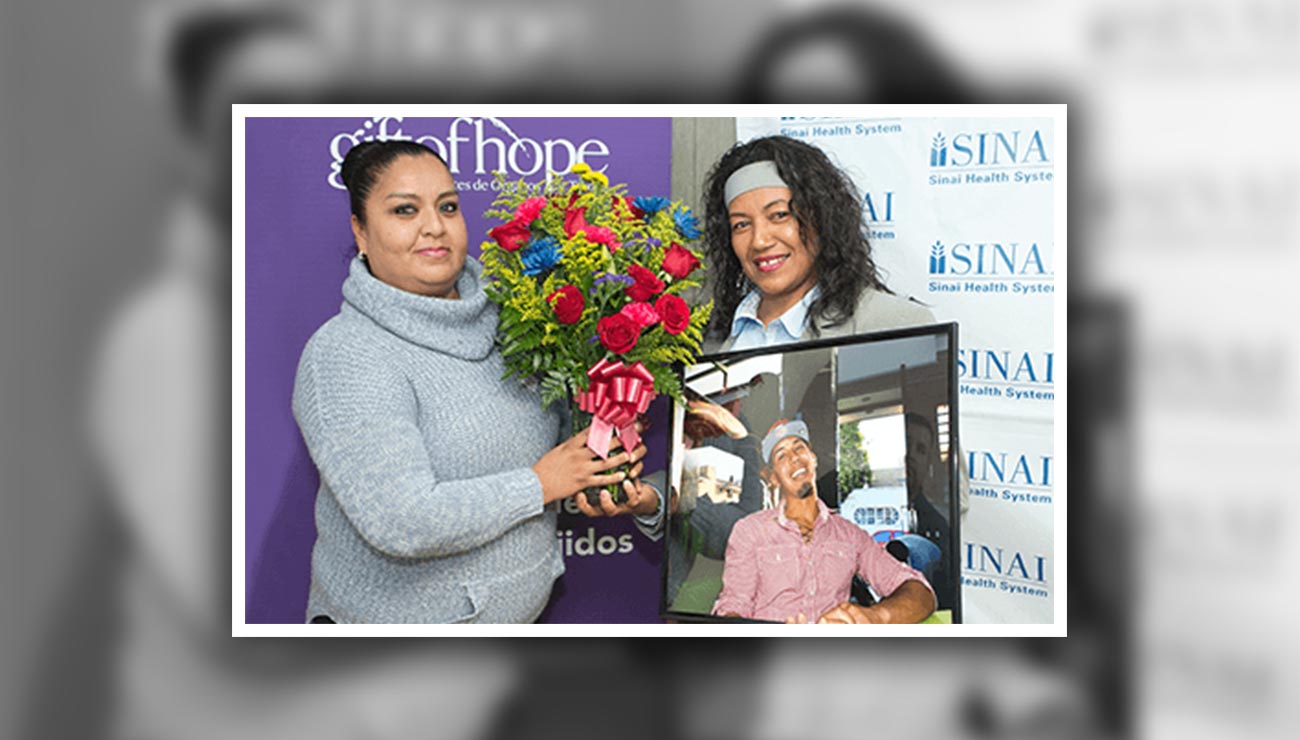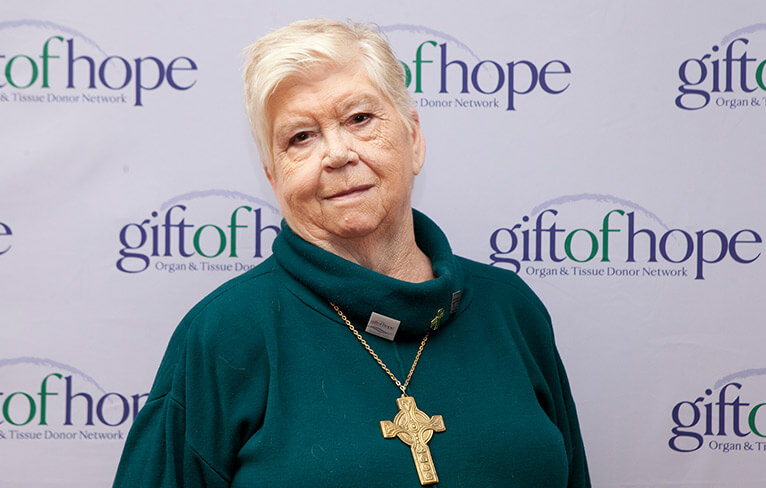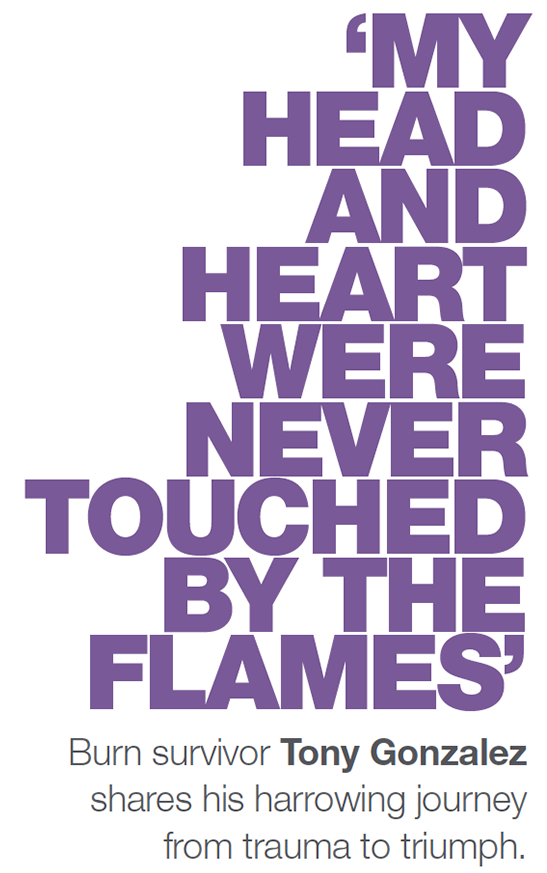
C: What happened to you 22 years ago that changed your life?
T: On Thursday, Feb. 20, 1997, a couple of months shy of my 33rd birthday, I was involved in a propane gas explosion at a friend’s parents’ vacation home in Minocqua, Wis. It was supposed to be our second year of snowmobiling and skiing. My friend’s father and one of his friends arrived the afternoon prior to prepare the home for our stay by turning on the water and heat.
The rest of us, my friend, his brother and I, arrived by 5:30 a.m. Thursday. As we settled in, we detected a distinct odor. After searching to determine what the odor could be, we agreed that it was a dead animal. We decided to light a candle to eliminate, or at least mask, the odor. I was holding the candle when at the strike of the match erupted a large orange ball of flames. The odor we had detected was propane gas. I covered my face and ran toward the front door. I remember falling to the floor absolutely disoriented. I made several attempts to get up but collapsed each time. I was unaware of what happened or exactly where I was in the darkness. But I knew I was in trouble. The next thing I remember is running through the front door diving into the snow and extinguishing myself.
The first responders assisting me battled a severe ice storm that grounded my Life Flight helicopter twice, but we finally made it to the Ramsey Burn Center, now Regions Hospital, in St Paul, Minn., the next day. When the storm cleared, my family arrived as well. There, doctors informed them that I sustained burns to 95 percent of my body and had a 0 percent chance of surviving. My friend’s father, I learned several months later, passed away two weeks after the explosion. The others sustained serious burn injuries but survived.
C: How did the injury impact you emotionally and physically?
T: At the time of the accident, I was in the best physical shape of my life. I was working as a carpenter, and sports were always a big part of my life, too. I played baseball and 12-inch softball, floor hockey, bowling and golf. I worked out regularly and cycled 60—80 miles per week. The doctors said that being in shape was one of the biggest reasons I survived. I was active, and I was independent. I remember after one surgery my mom said, “Tony, they only took what they needed to.” She was referring to my hands. When I saw my hands for the first time after the accident — charred and missing six fingers — I was devastated. For a moment, the fact that the rest of my body was also badly burned meant very little to me. I also lost both ears and part of my nose, but my hands were my livelihood. My dreams of continuing to build homes and the hope of one day owning my own business began to fade.
C: What was your healing and rehabilitation process like?
T: My initial nine-month hospital stay created intense feelings of self-doubt and despair. The challenges ahead seemed unsurmountable. But my parents and siblings supported me through it all, and the hospital staff treated me with dignity and care. My life dangled by a thread every day, and my condition changed daily, hourly and sometimes by the minute. Communication was frustrating because I had a trachea tube for almost the entire time. My hands were completely wrapped and looked like footballs, and I was bandaged from head to toe. When you lay helpless in a bed for nine months, you learn a lot about dignity. I was as dependent as a newborn. Everything had to be done for me.
All physical rehab was done in the bed, in a chair or on a mat. One day, I finally managed to walk to the end of a hall but went to bed with a great amount of pain in my foot. Doctors told me it was normal because I was learning to walk again. An X-ray later revealed I had walked on a broken foot. That was my first one-step-forward two-steps-back realization. But this ebb and flow changed for the better. I started looking at the positives in life. I shifted my thought process from I can’t, to how can I?
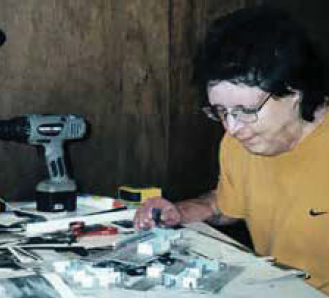
Throughout his recovery, Tony stayed true to his dream of building homes and returned to school to obtain his degree in architecture and design.
C: What did you know about tissue donation prior to your injury?
T: I didn’t know anything about tissue donation before the injury. Neither did my family. A doctor discussed the process of skin grafting and what to expect, if I survived. He explained that skin grafting is the process of removing injured skin and placing and securing donated skin over the surgically cleaned wound so that it can heal. He said that with 95 percent of my body burned getting skin to keep infection out to properly heal was going to be difficult.
I’ve learned that skin is the body’s largest organ and the first defense against bodily harm. I understand the importance of tissue donation and that it saves lives. It’s a meaningful way to help others who really need it. For my family and me, learning that donated tissue was a lifesaving option gave us hope at a time when there was little or none. Tissue donation is lifesaving and life-enhancing, but, most importantly, to me, it represented hope for survival and for the future.
C: How did finding a new normal look for you?
T: My new normal entailed starting over and creating a new version of myself. My head and my heart were never touched by the flames, and those are the two things that define me. I knew that building houses would be difficult. But it was my future. So, in 2000 I returned to school. After two and a half years of hard work, moments of self-doubt and the support of my family, I received a bachelor’s degree in architecture and design.
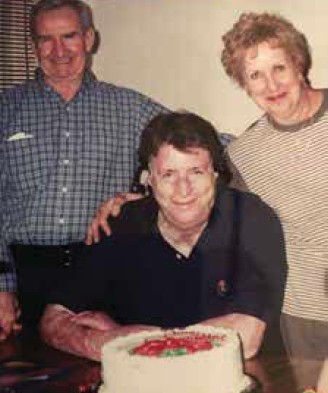
In 2000, Tony and his parents, Ernest and Marjorie Gonzalez, celebrated his birthday. That day Tony played nine holes of golf for the first time since his injury, a significant milestone in his healing process.
Friends were also a huge support. In 1997 my friends held a softball fundraising tournament to benefit me while I was still in the hospital. My injuries kept me from attending that year, but I watched recorded video of the event when I returned home in 1998. That year I was able to attend the tournament, and the next year I took a swing. In 2004 the tournament turned into a golf outing to benefit the Phoenix Society for Burn Survivors.
Giving back continued when Alan Breslau, the founder of the Phoenix Society, and his wife visited me at Loyola University Medical Center in 1998. They spoke about their organization and its annual World Burn Conference. I immediately joined the organization’s chat room where I met other people with whom I could relate. Filled with anxiety and excitement, I attended my first World Burn Conference in 1999. It was a life-altering experience.
Over the years, the Phoenix Society has offered me countless opportunities for personal growth and created opportunities to unite the burn community. In 2001 The organization selected Loyola, the hospital where I was being treated at the time, as part of the Survivors Offering Assistance in Recovery program. The sixhospital pilot program trained survivors and connected them with other burn survivors and loved ones to build a community of people with shared experiences. In 2004, I became a co-coordinator, along with social worker Barry Bennett. Together we developed one of the most robust programs in the country. To date, the program has trained nearly 1,000 survivors, has over 400 coordinators and is now in 72 hospitals across the nation. I am extremely proud of what we accomplished in those early years. Personally, it was a fulfilling and rewarding experience.
Along my journey, I met and developed a great friendship with Jamie Nieto, another burn survivor, whom I met through the SOAR program. Jamie had a promising career in golf when he was burned. Throughout the years, we’ve developed a great friendship and admiration for each other. Today, he is a PGA professional at The Preserve at Oak Meadows Golf Club in Addison, Ill. Connected through our burn experiences and a love of golf, we partnered to grow the annual golf fundraiser for burn survivors. The event is now in its 14th year, and the proceeds are used to send survivors and their families to the annual Phoenix World Burn Conference.
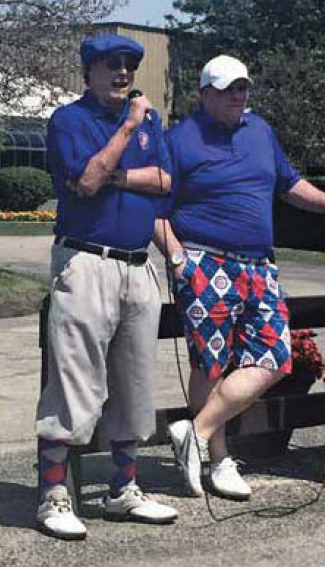
In 2017, Tony Gonzalez and Jamie Nieto partnered once again for the 12th annual golf outing to benefit the Phoenix Society for Burn Survivors.
I am also the co-chair of the Phoenix Society’s Never Alone Campaign, which raised $6.5 million in 2017, the largest amount in the organization’s 31-year history. The proceeds will be used to create an infrastructure using current and future technology to continue uniting the burn community through the Phoenix Society’s services to help ensure no one goes through a burn injury alone.
C: What do you say to other burn survivors?
T: The day I left the safety net of Regions Hospital, a nurse told me to “get back to what you love the most, the quickest.” This message resonated with me because it’s the things I love the most that really define me — family, friends, humor, smiling — to name a few. This is the message I share. The burns may take away some of the physical things and leave scars, but they can’t take away the things we love, the things inside us that make us whole. I also tell them that recovery is a journey. Burn survivors are just like everyone else in this world in that we are continuously reinventing ourselves on our own personal journeys and along the way constantly discovering something new about ourselves. It’s all about adapting, surviving and never giving up.
